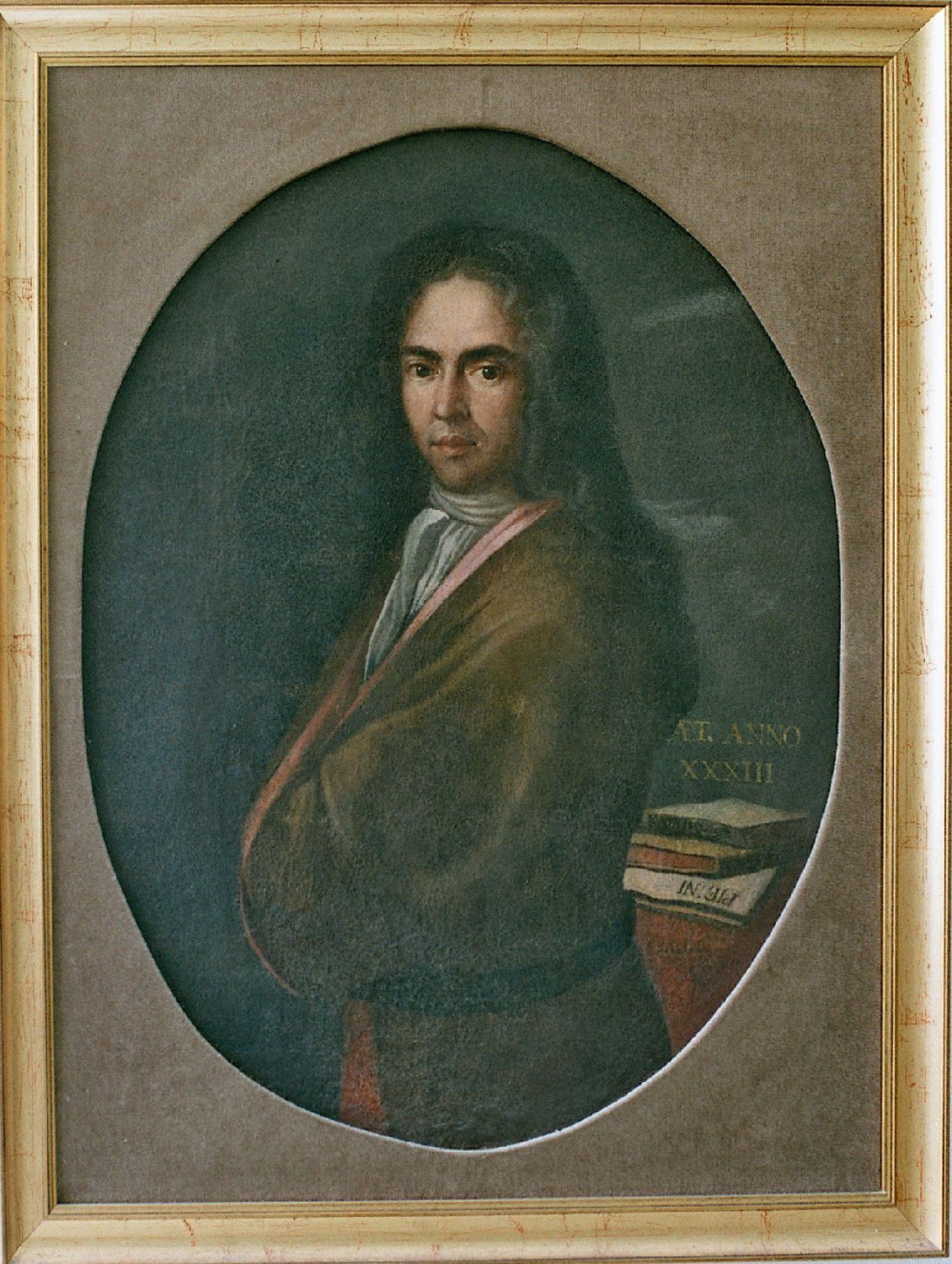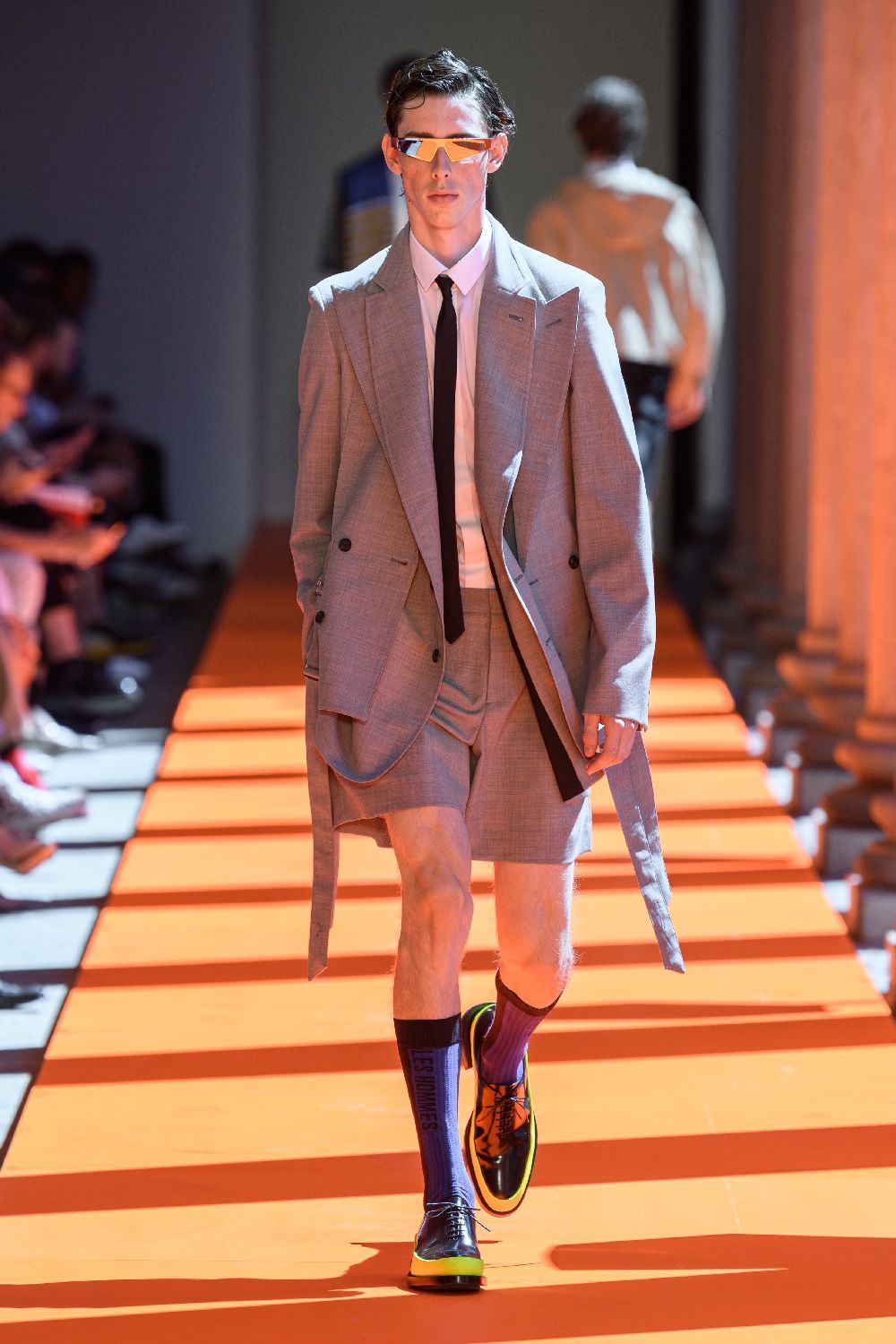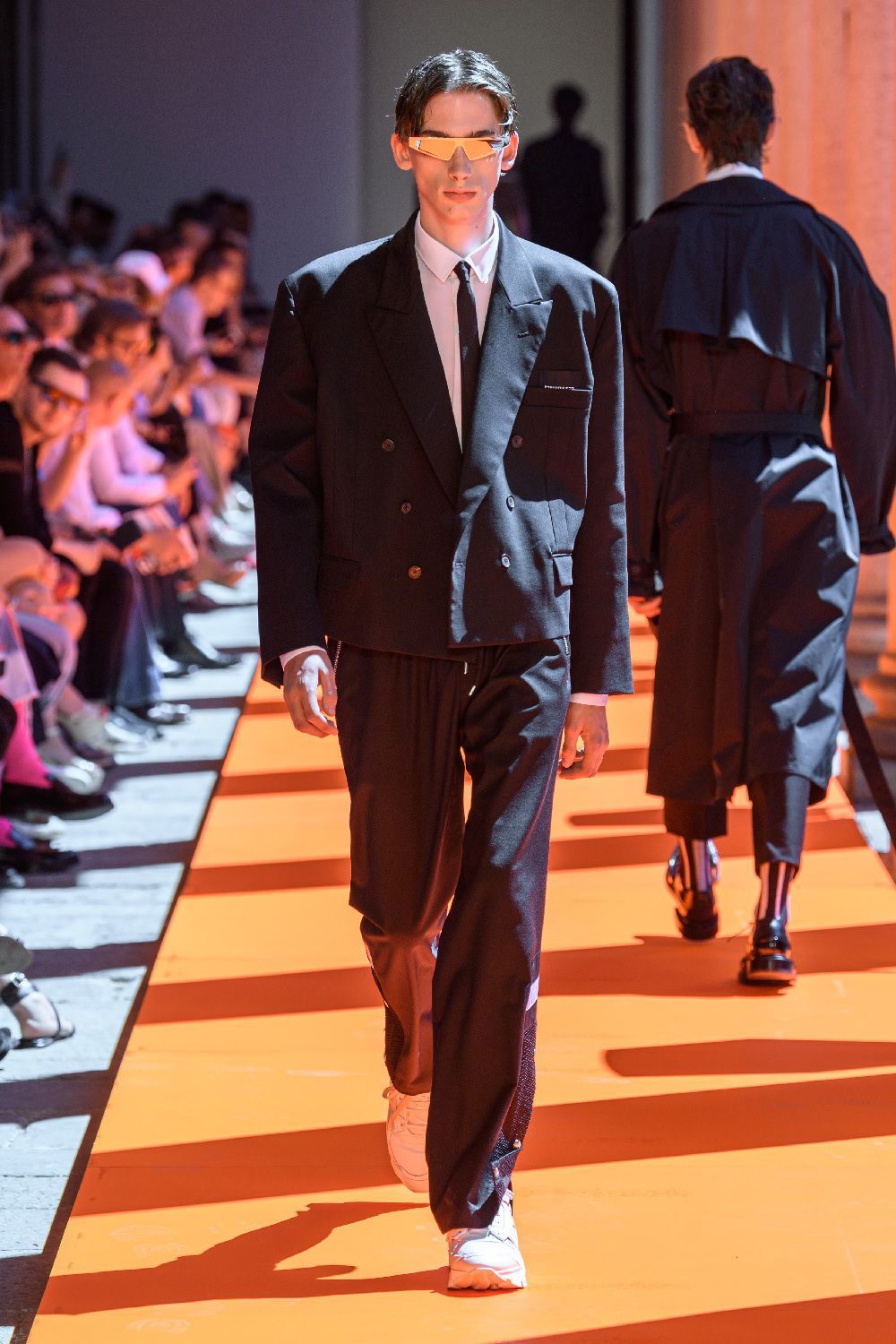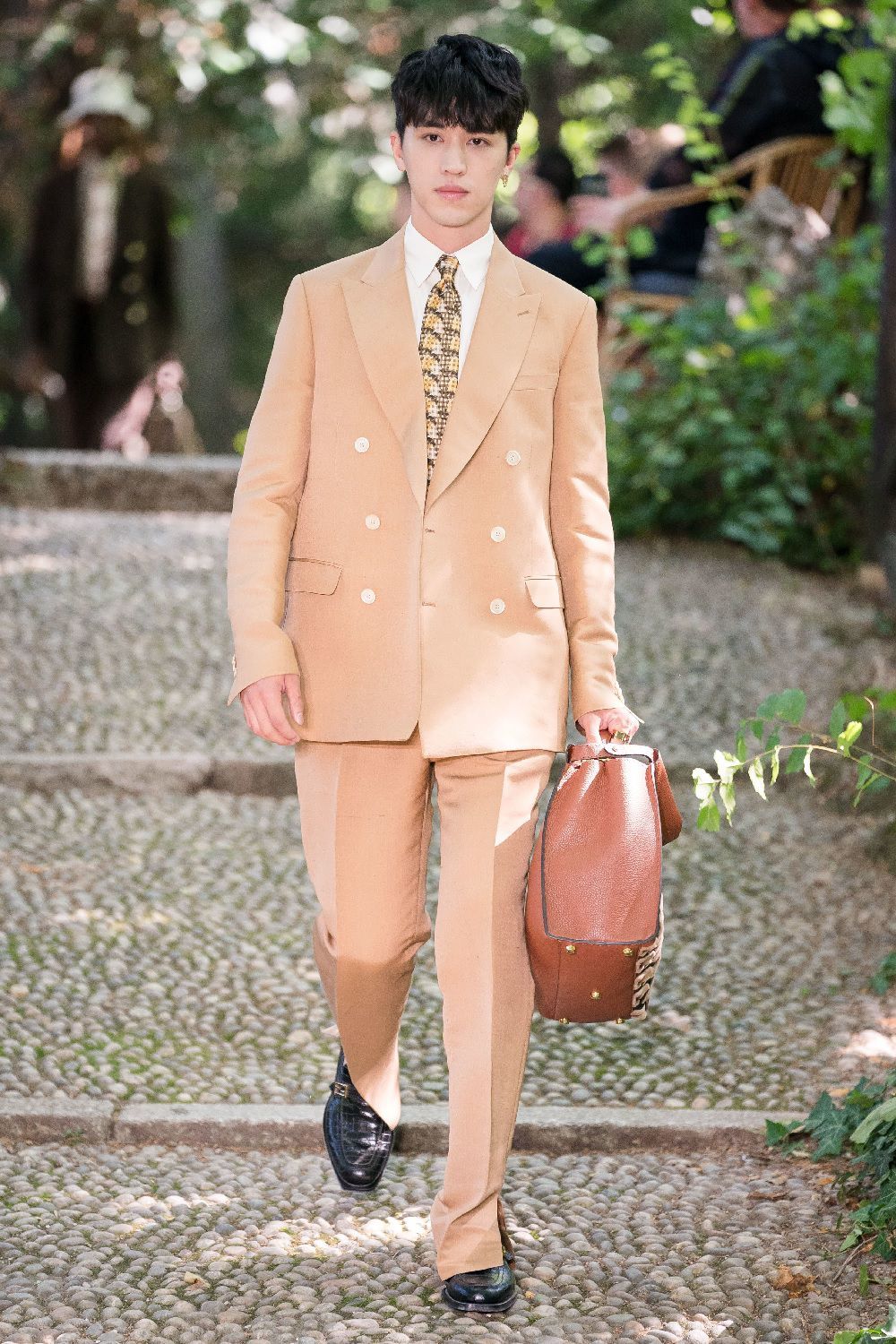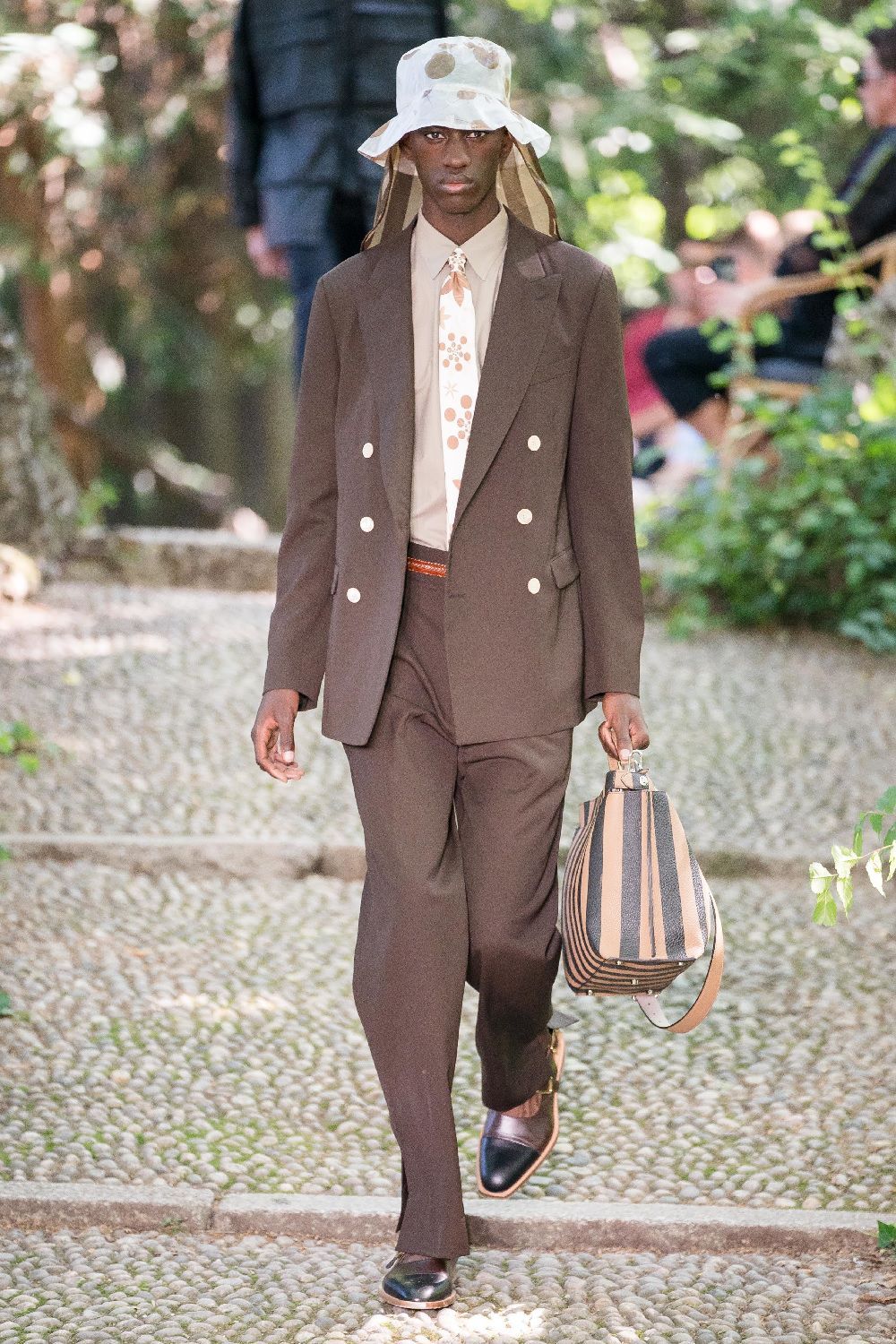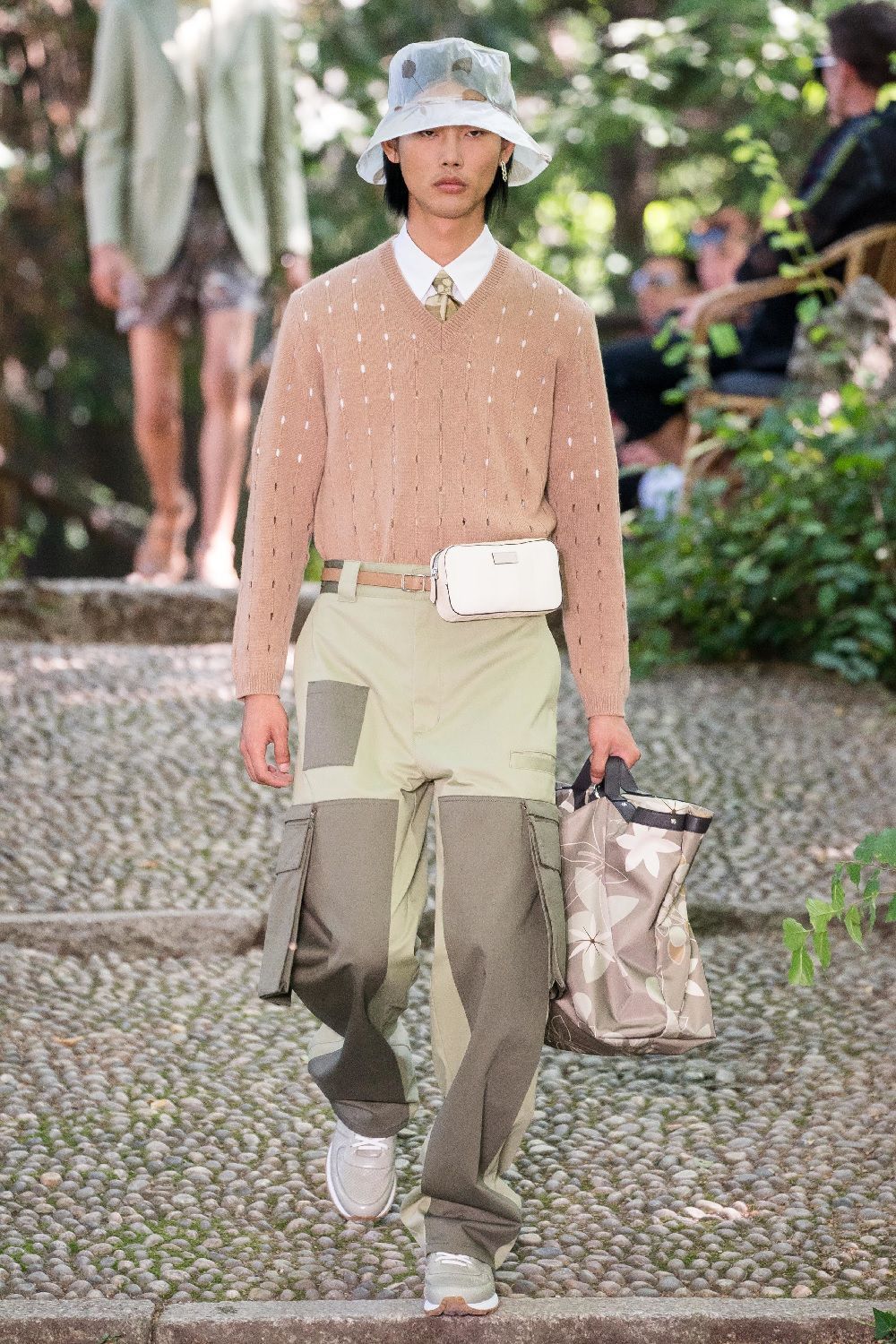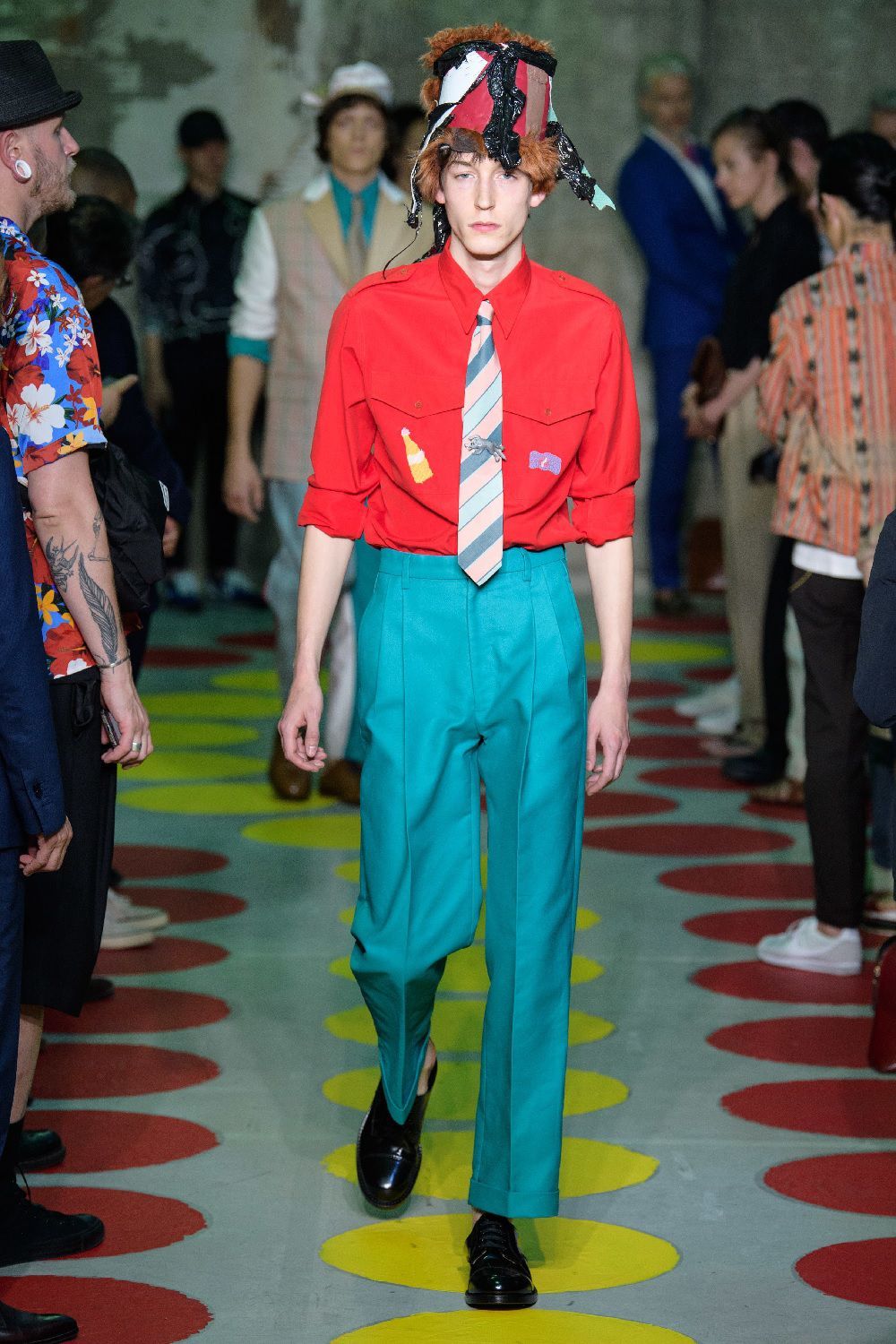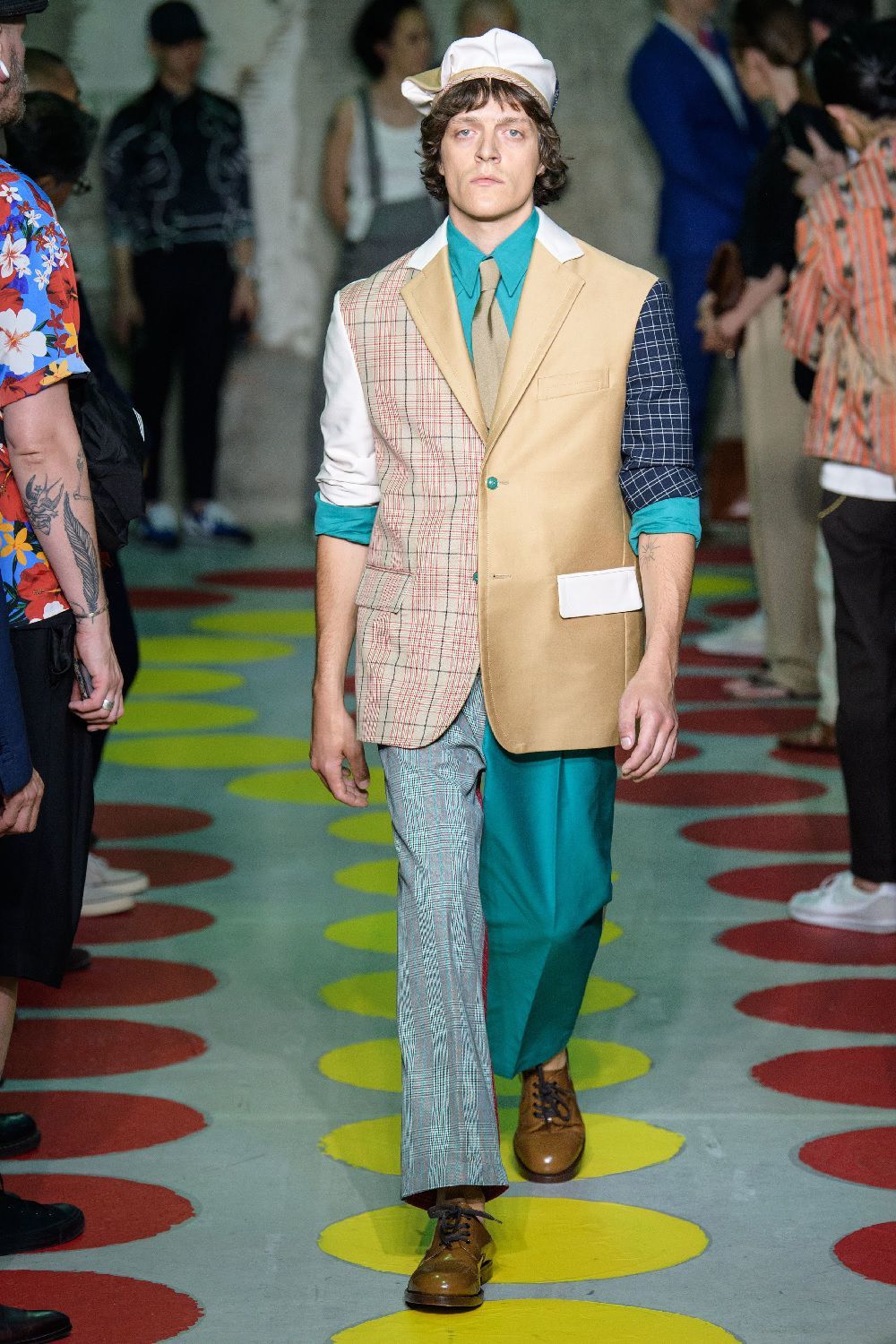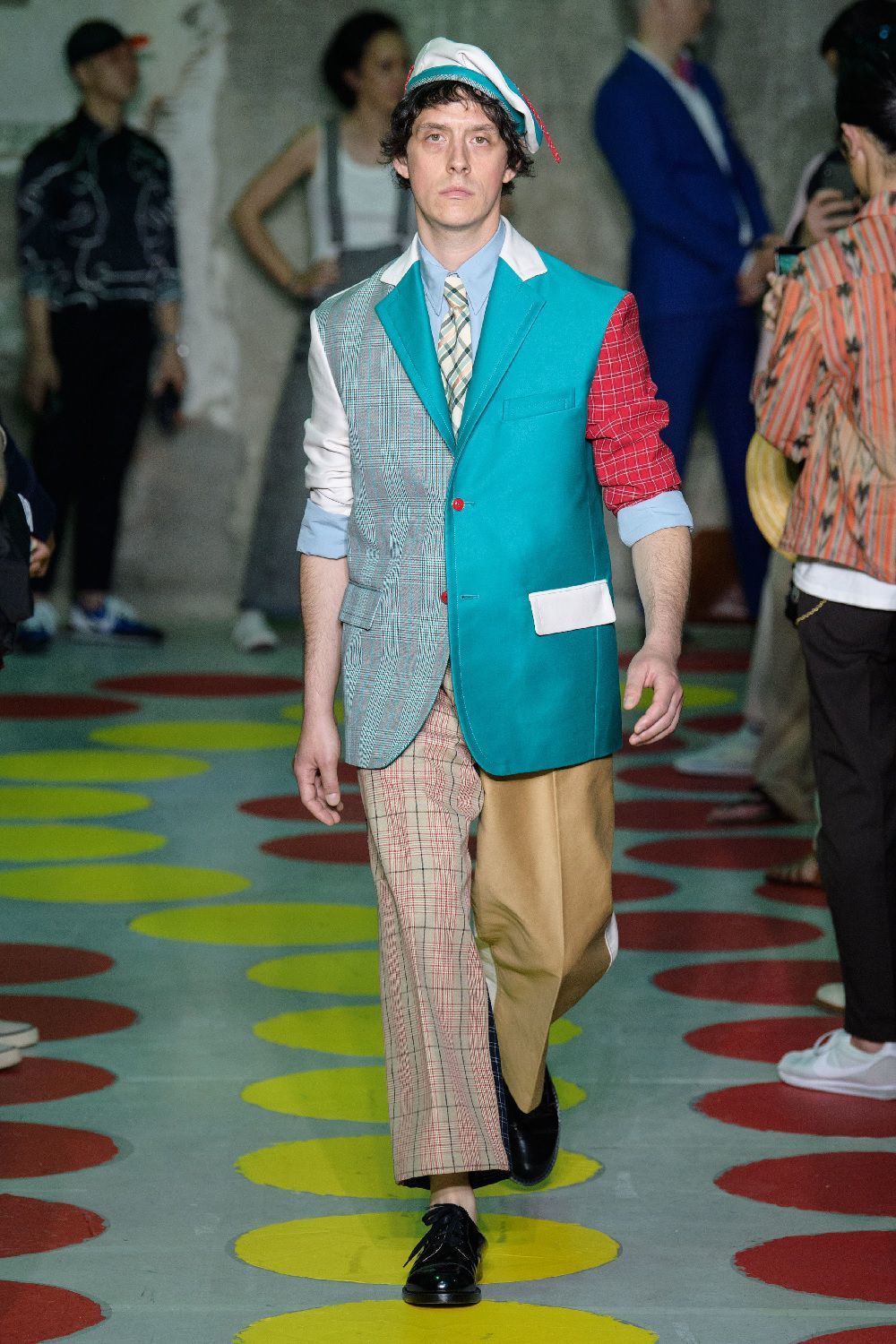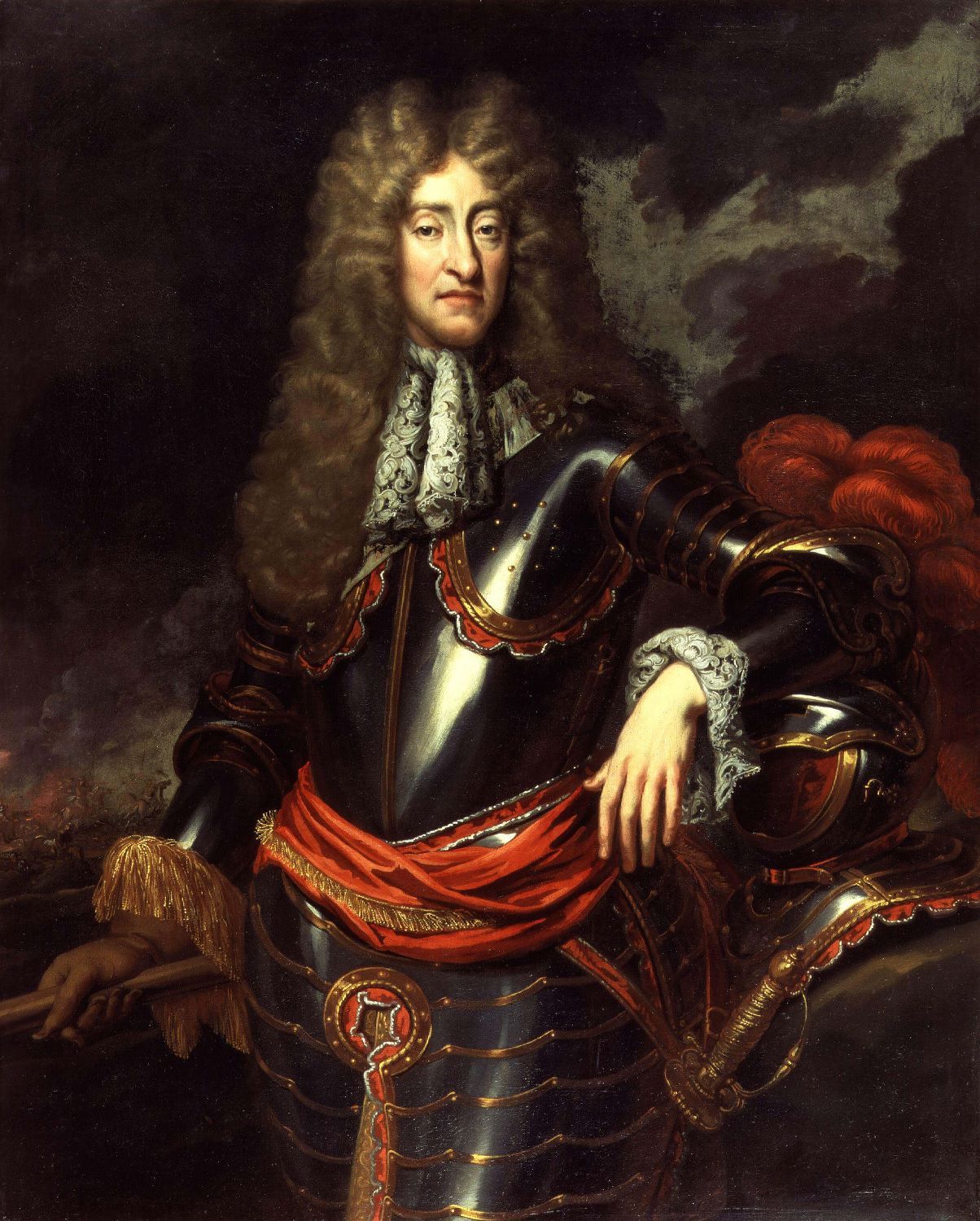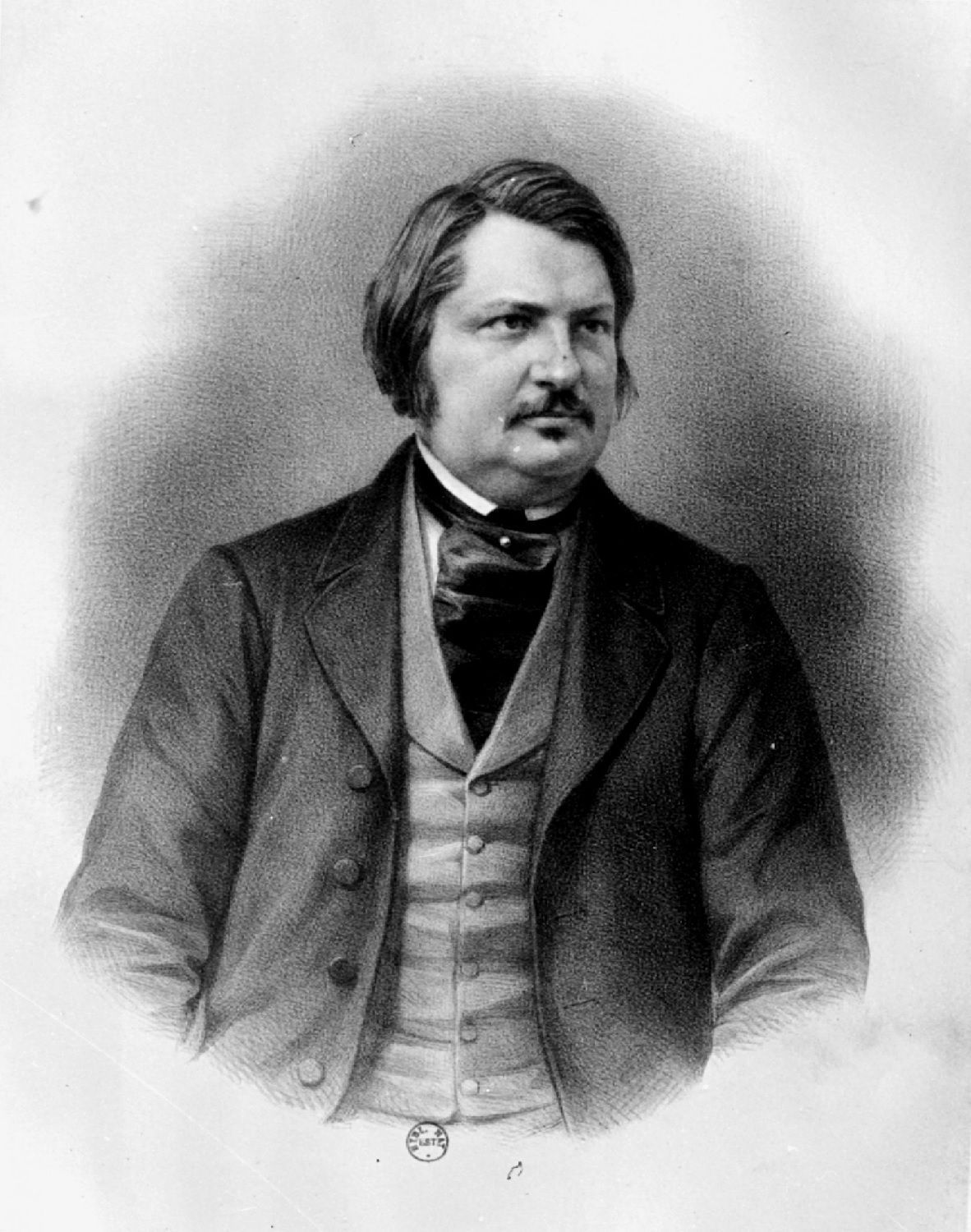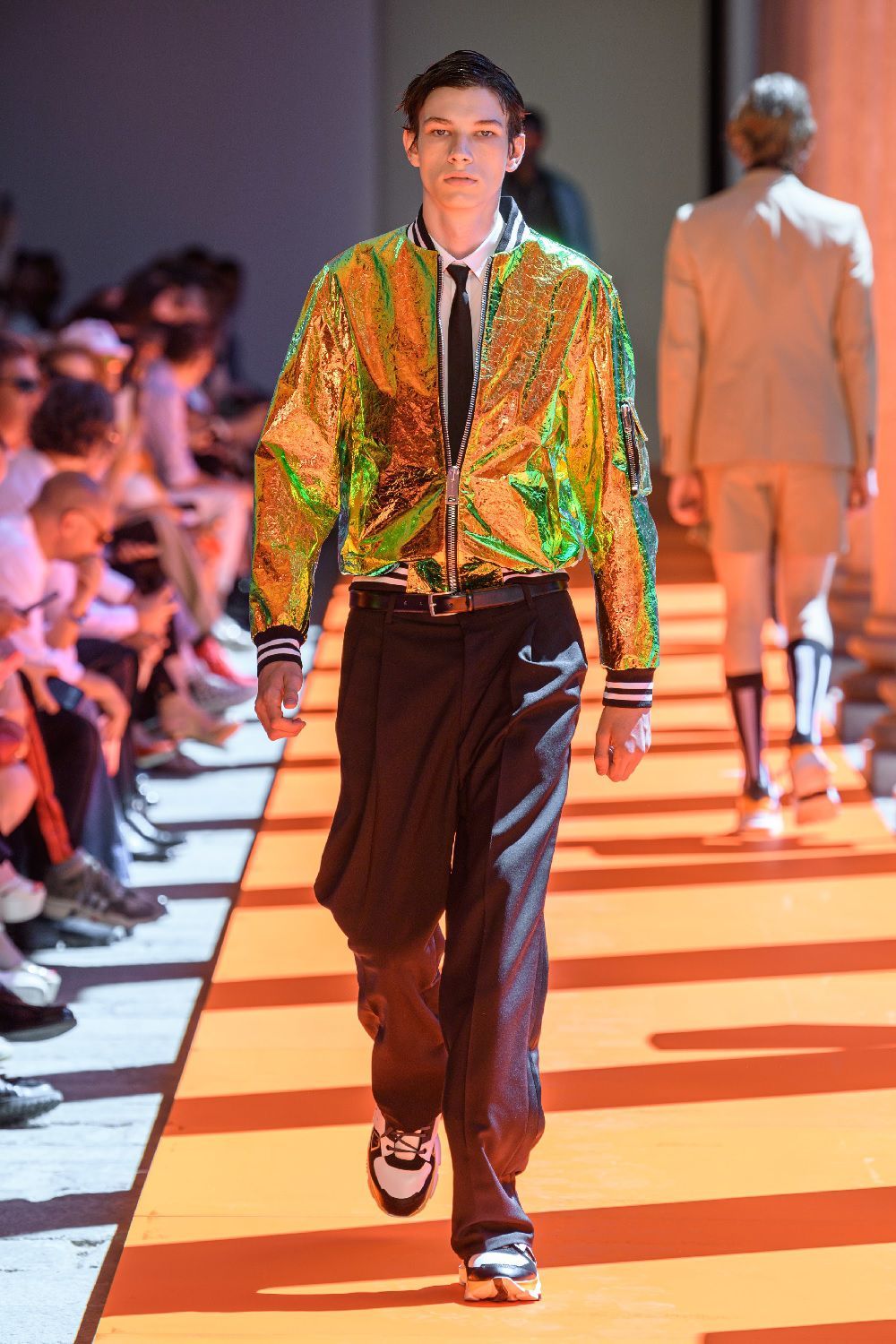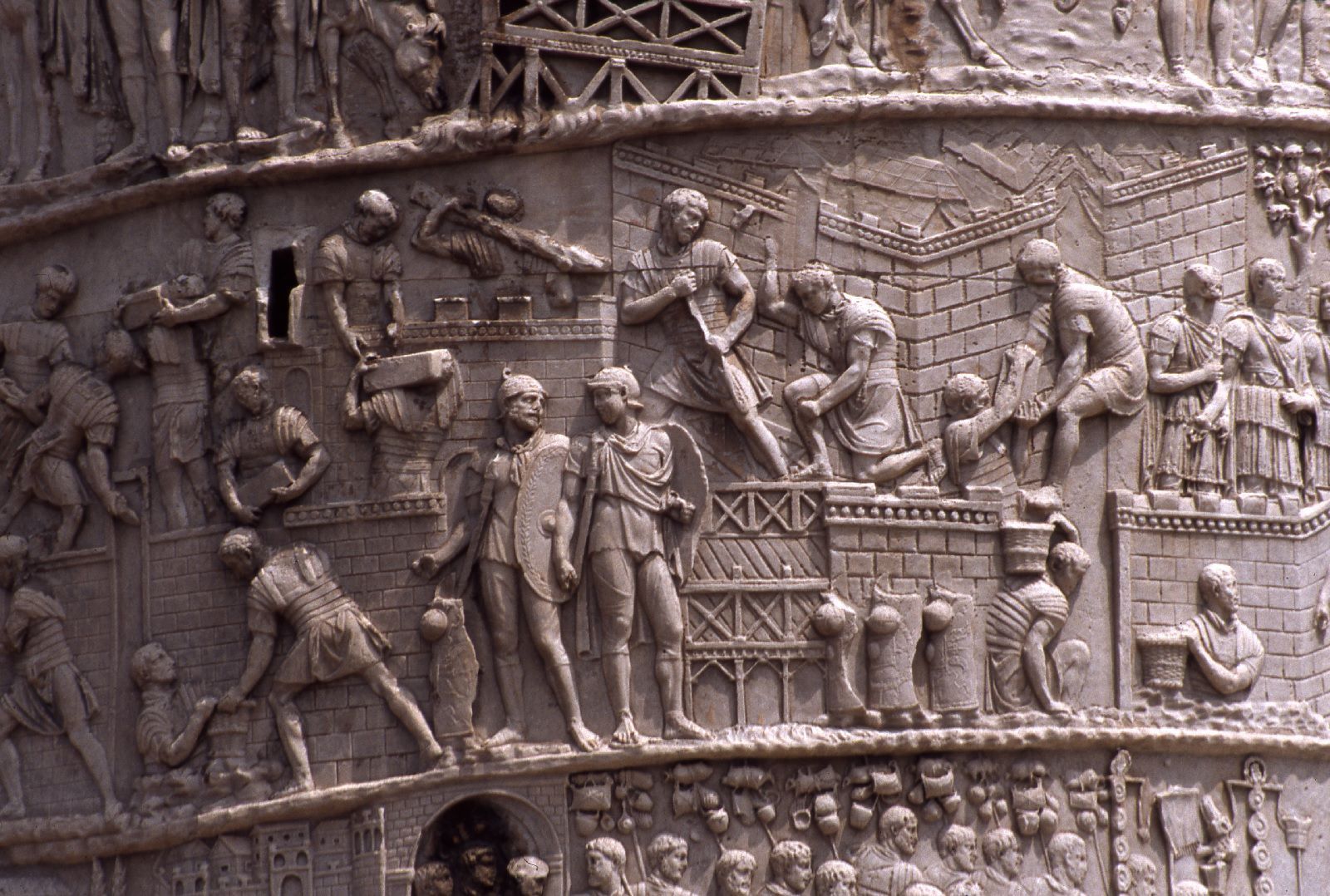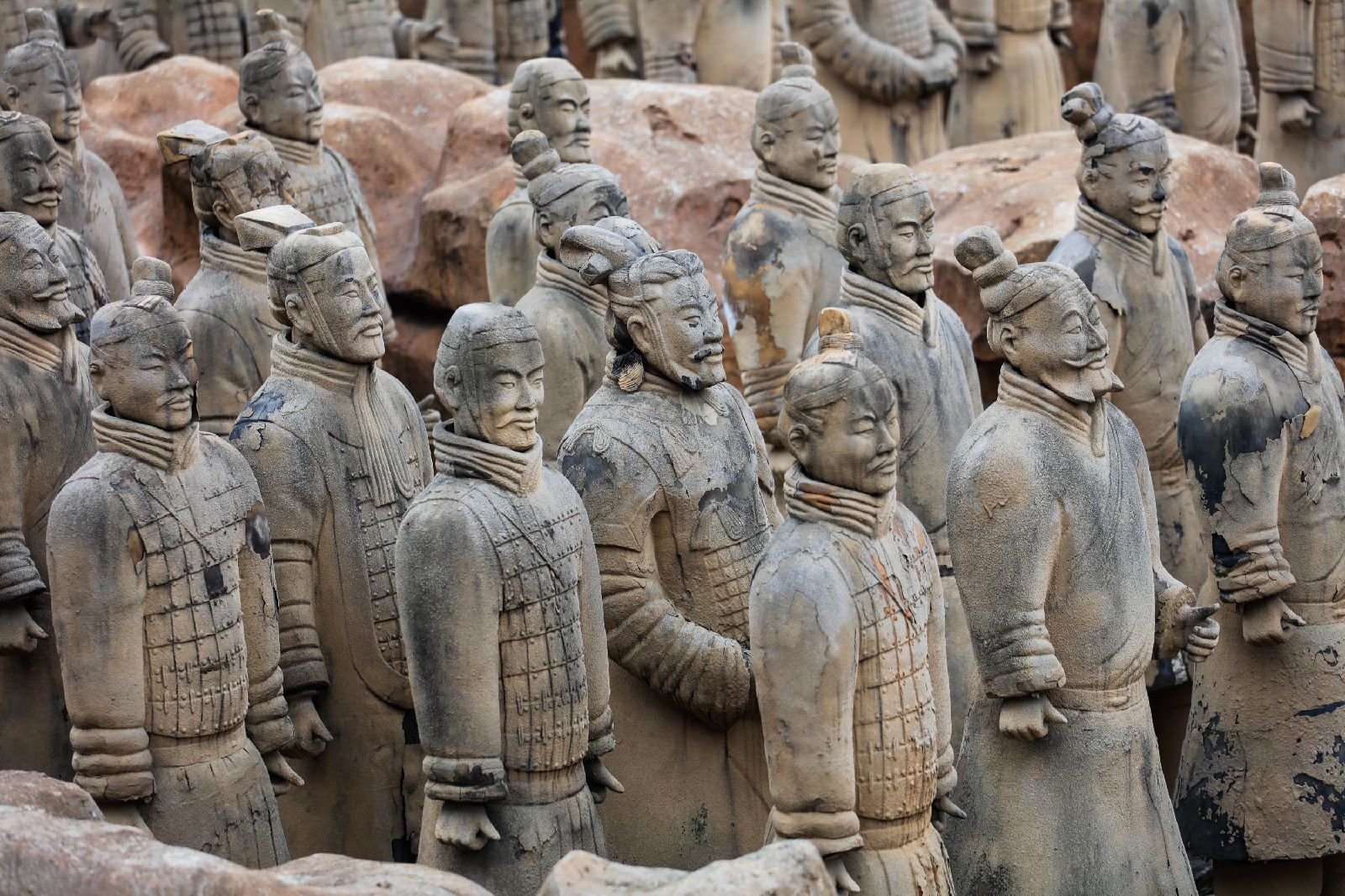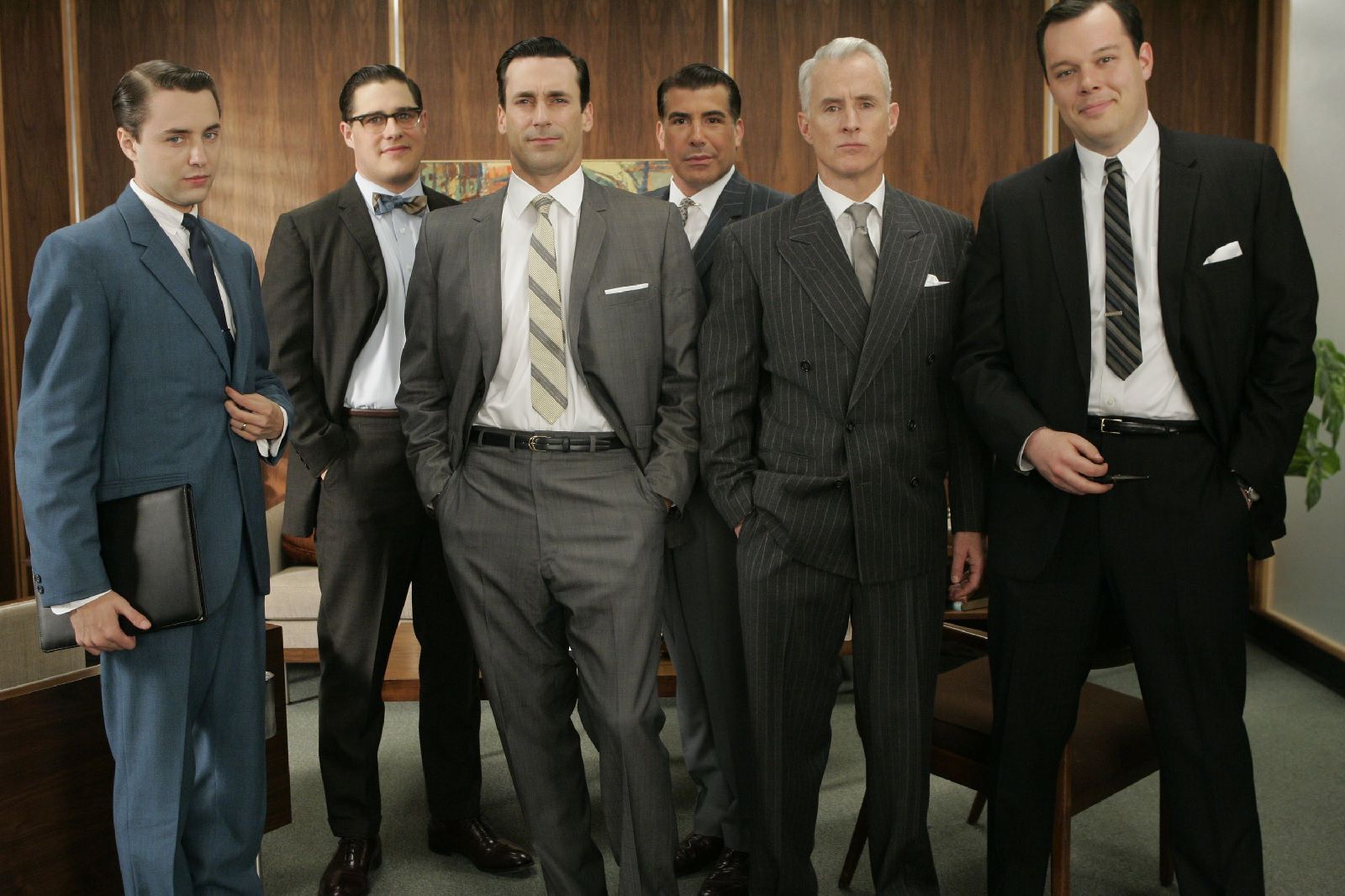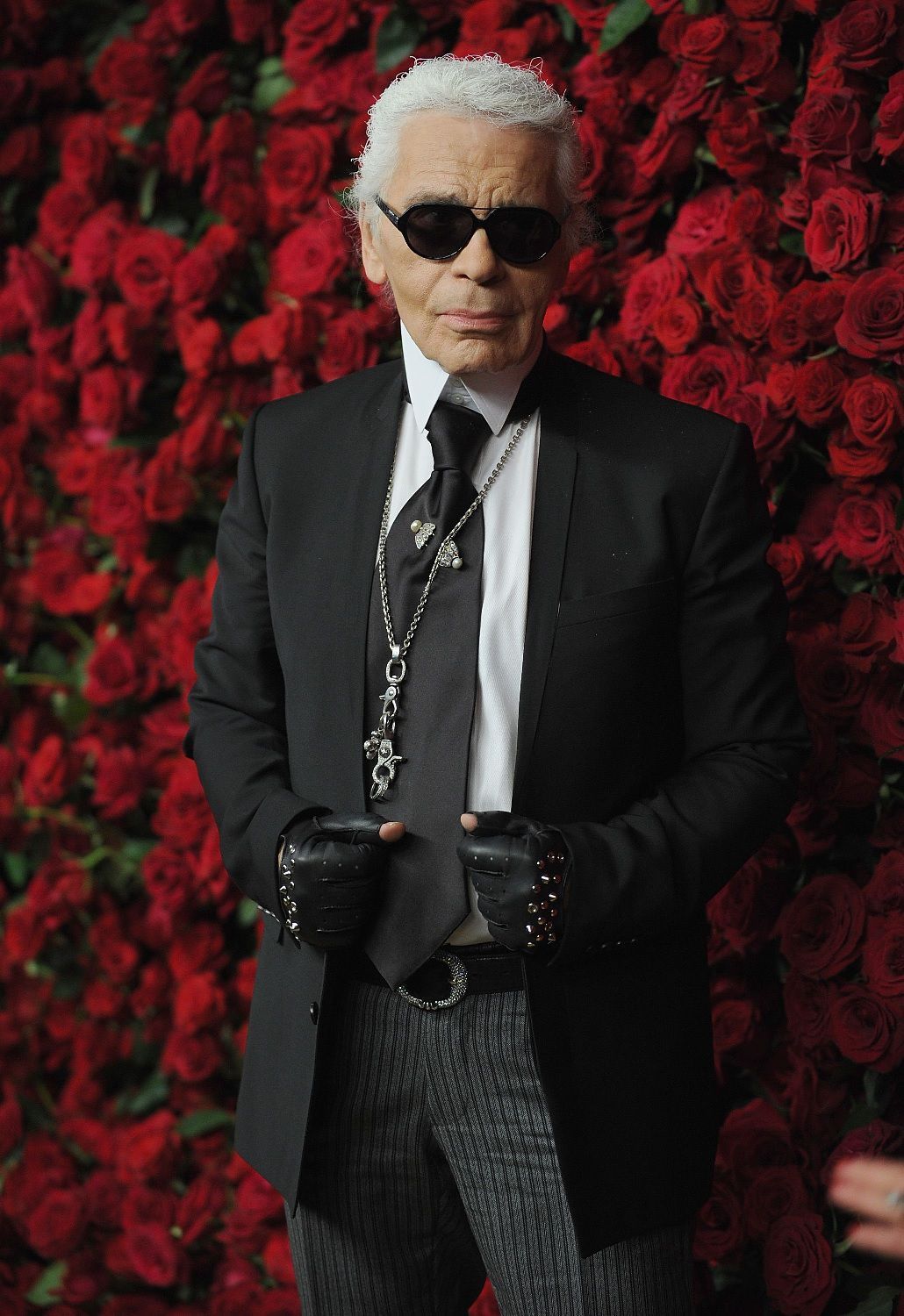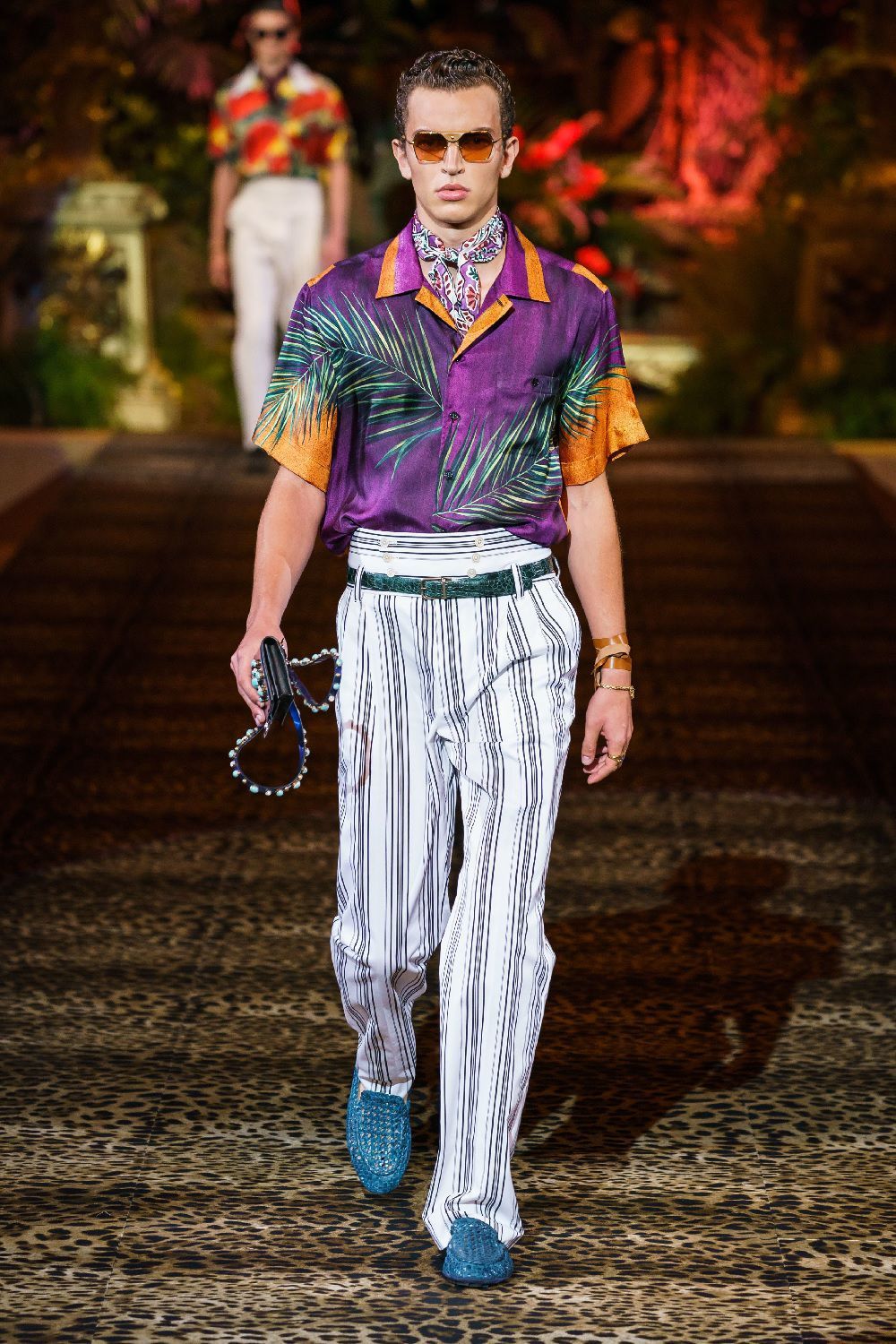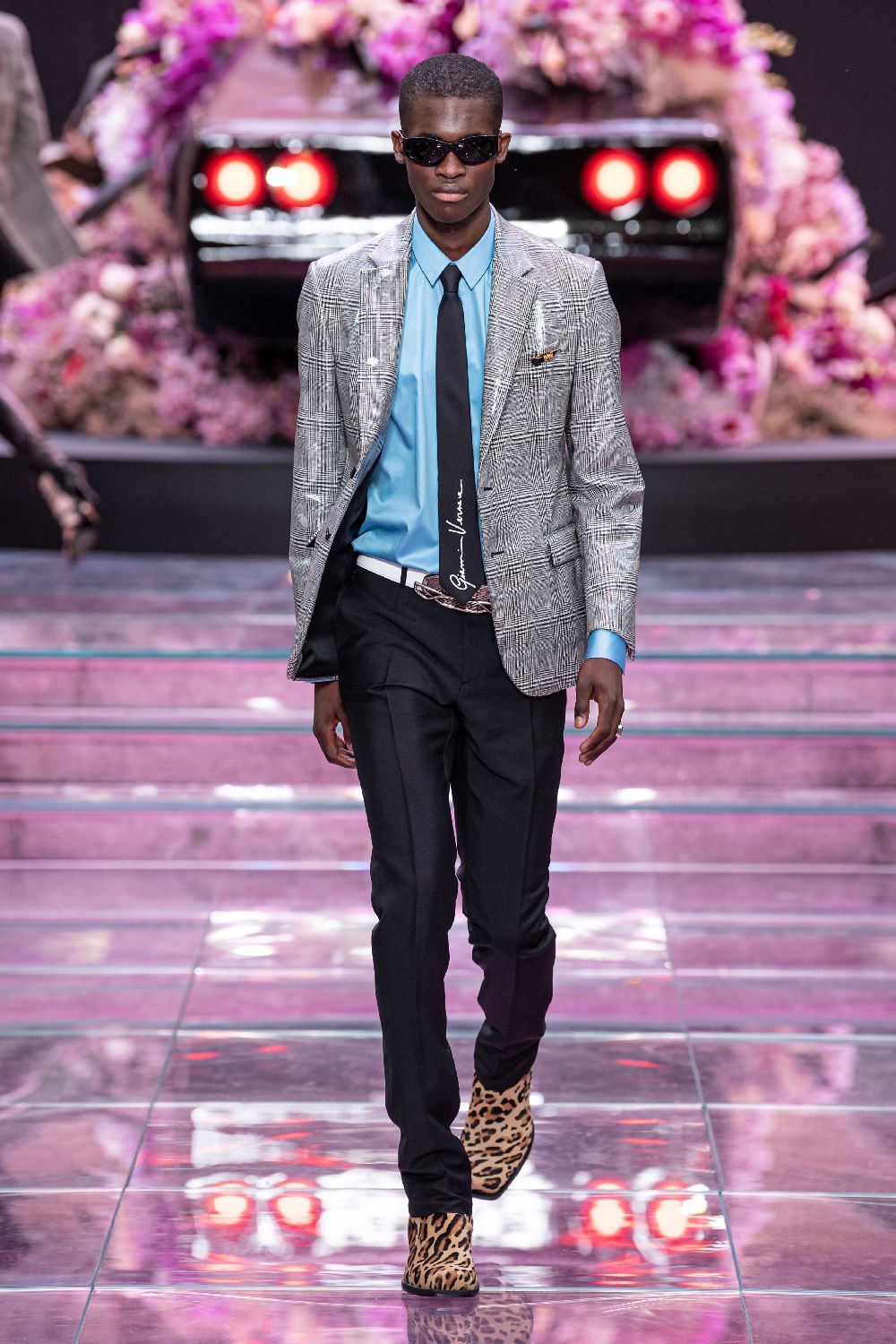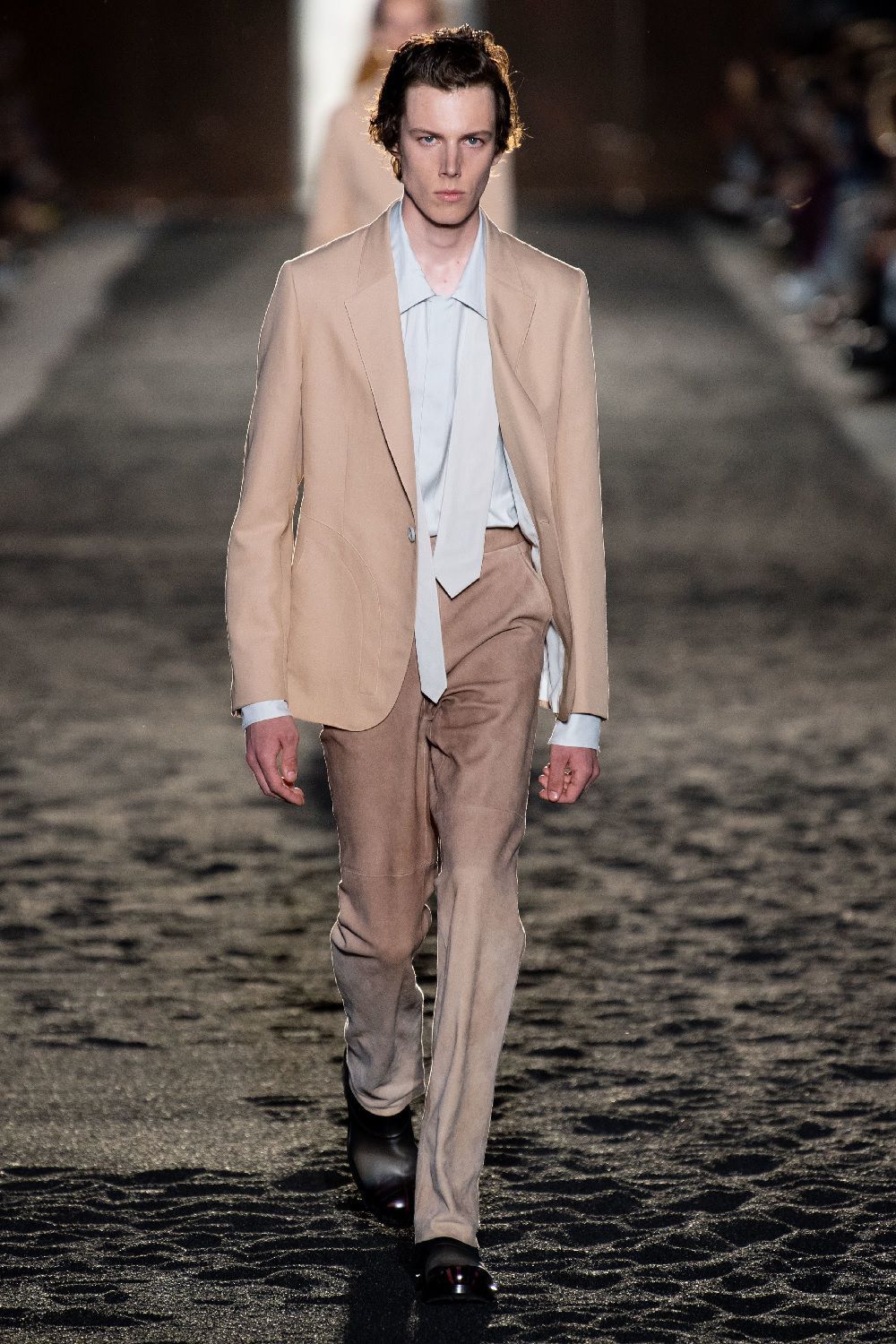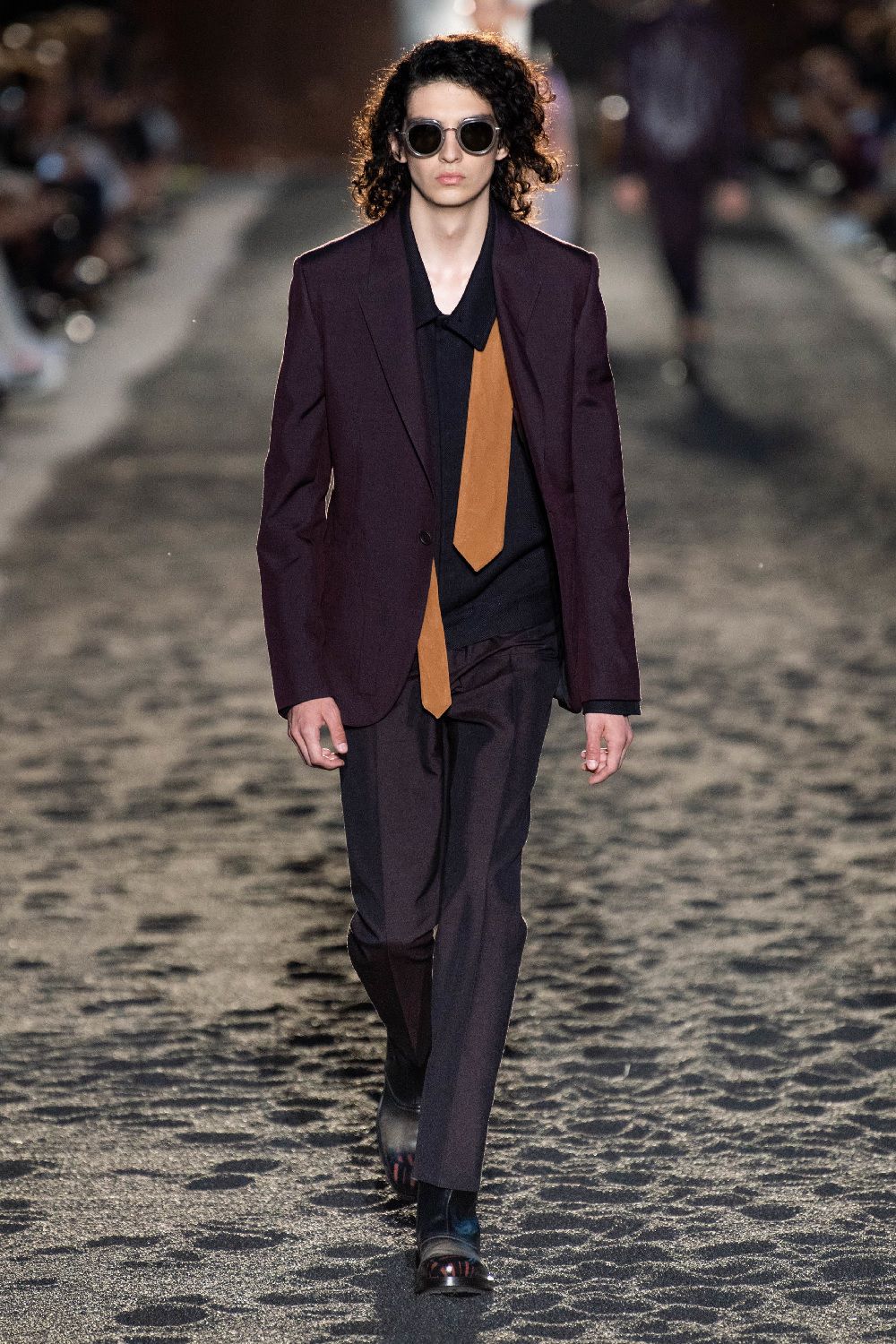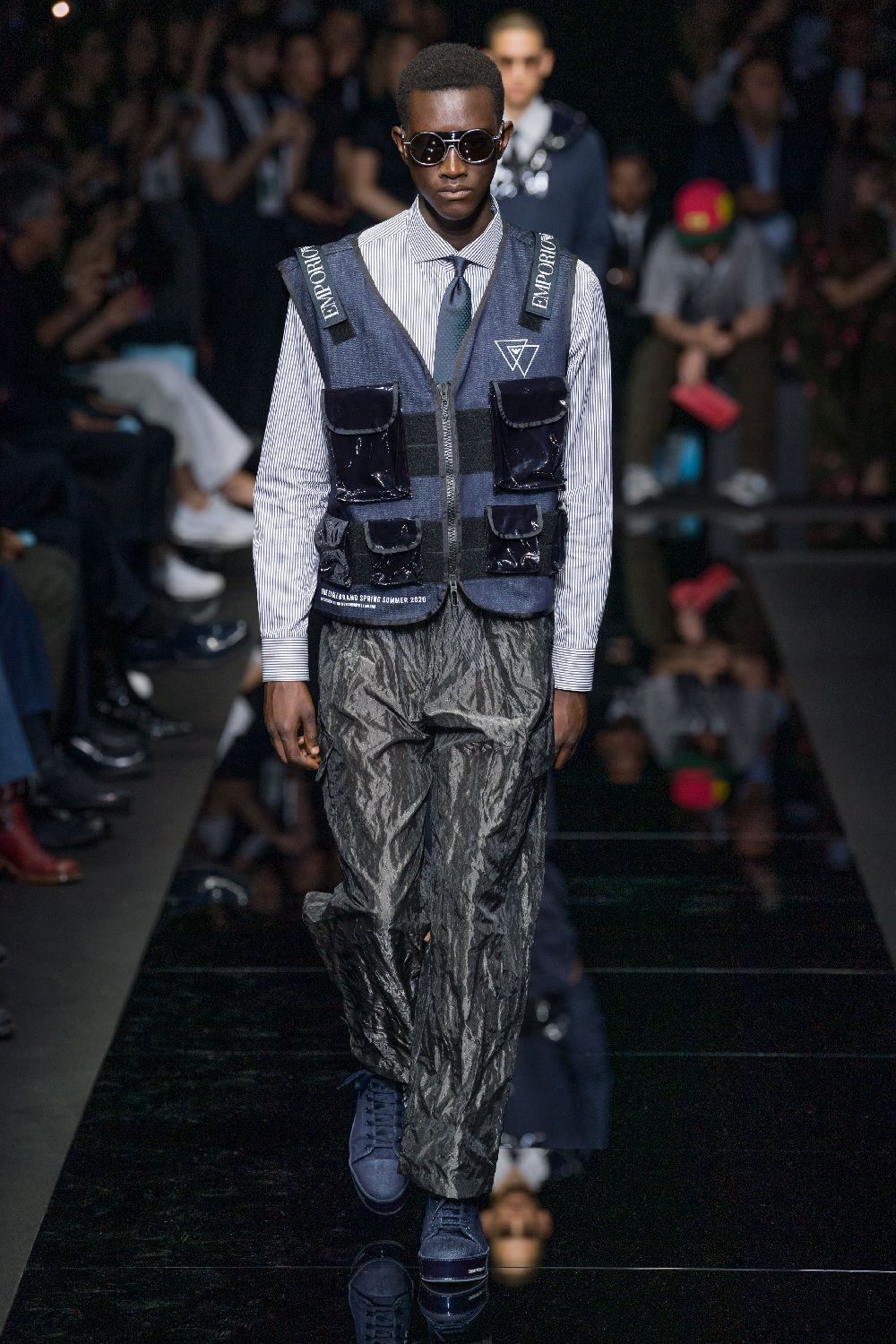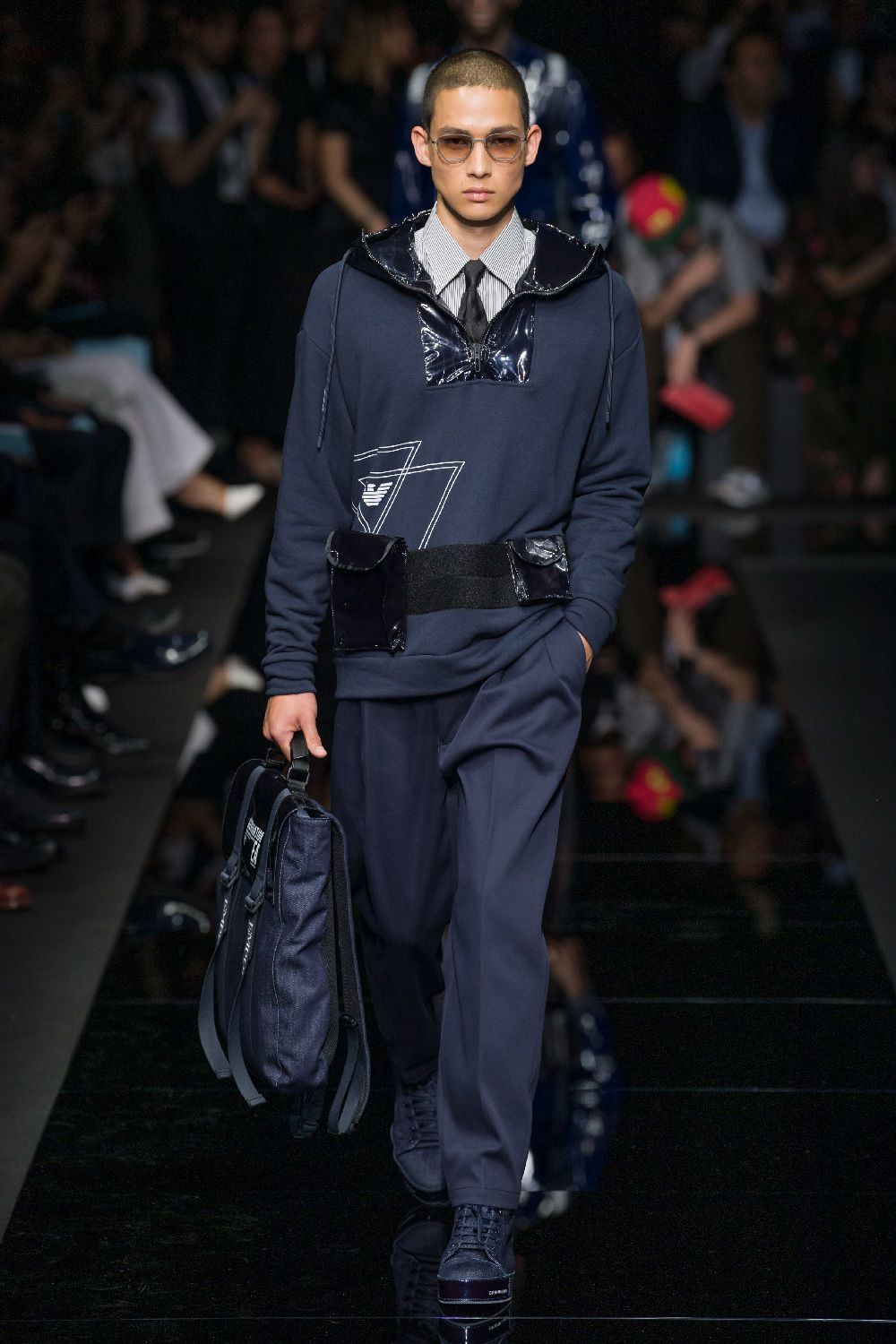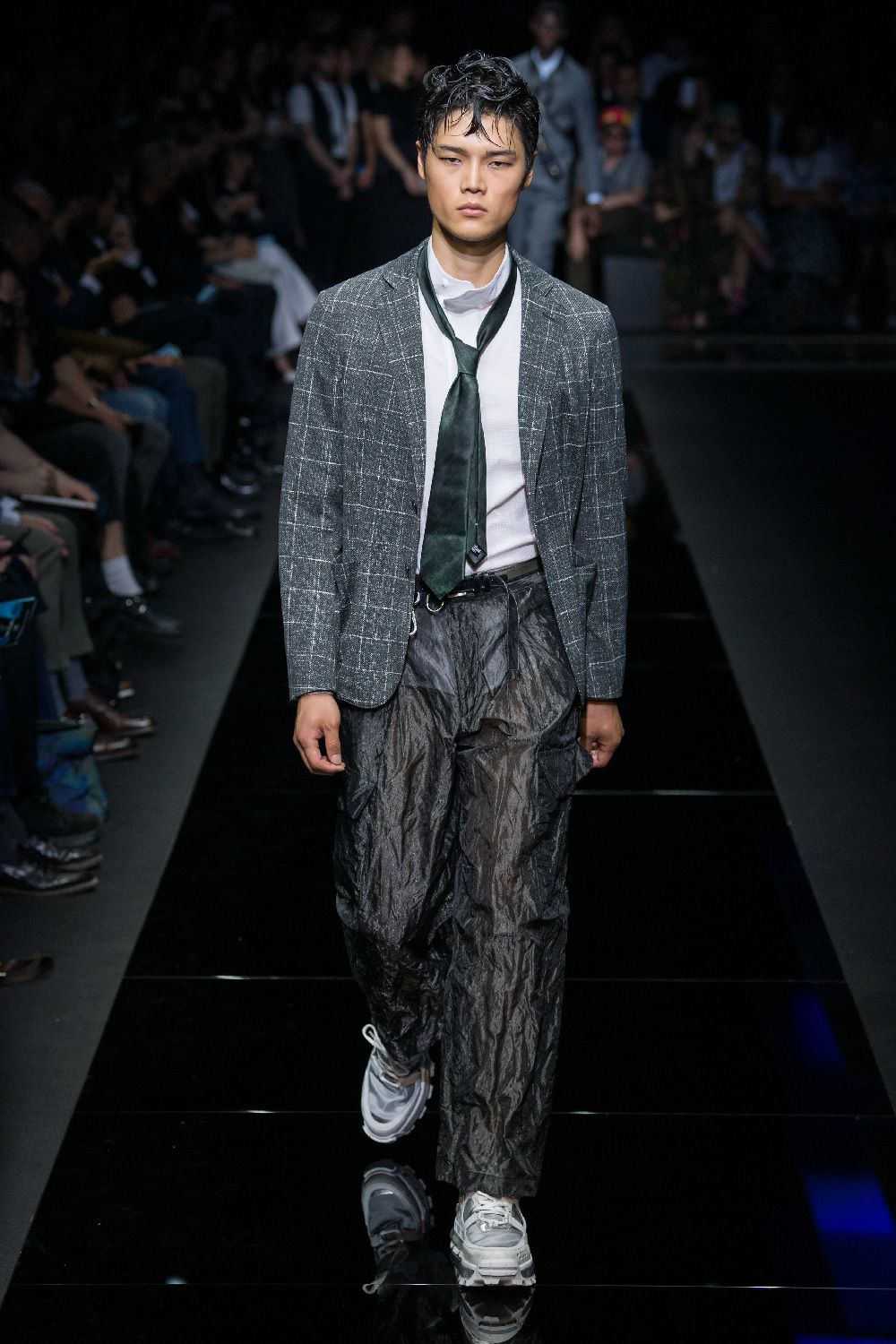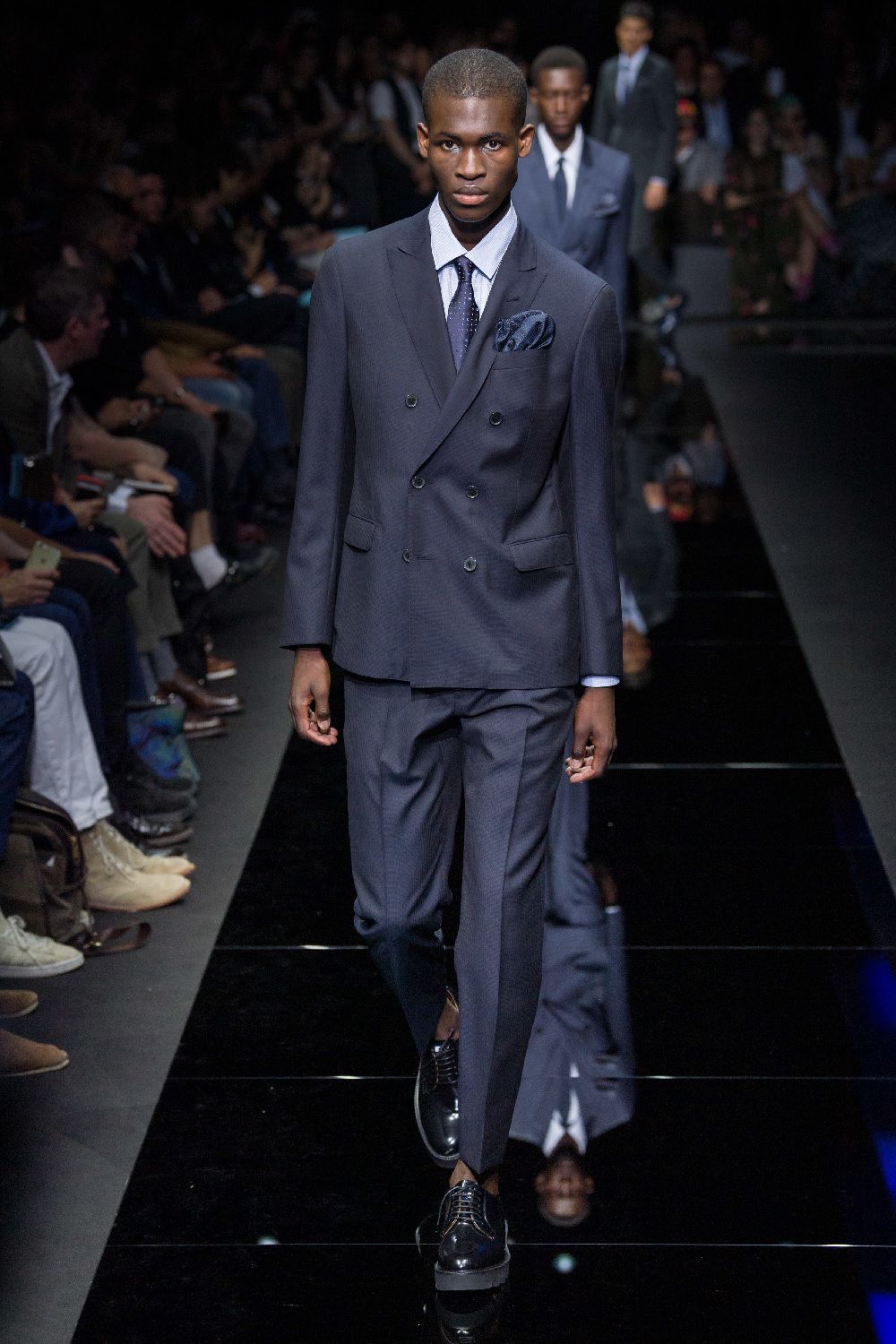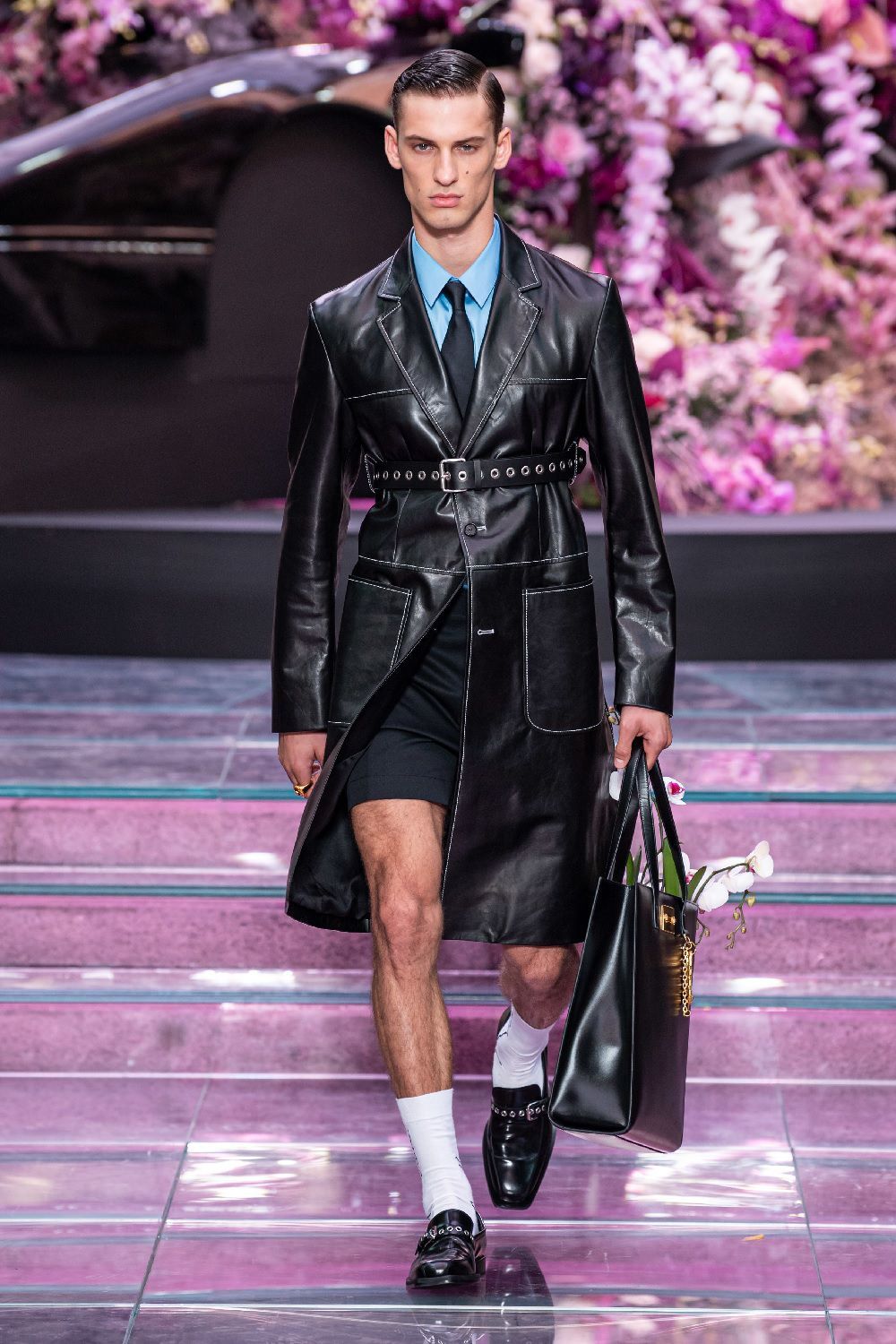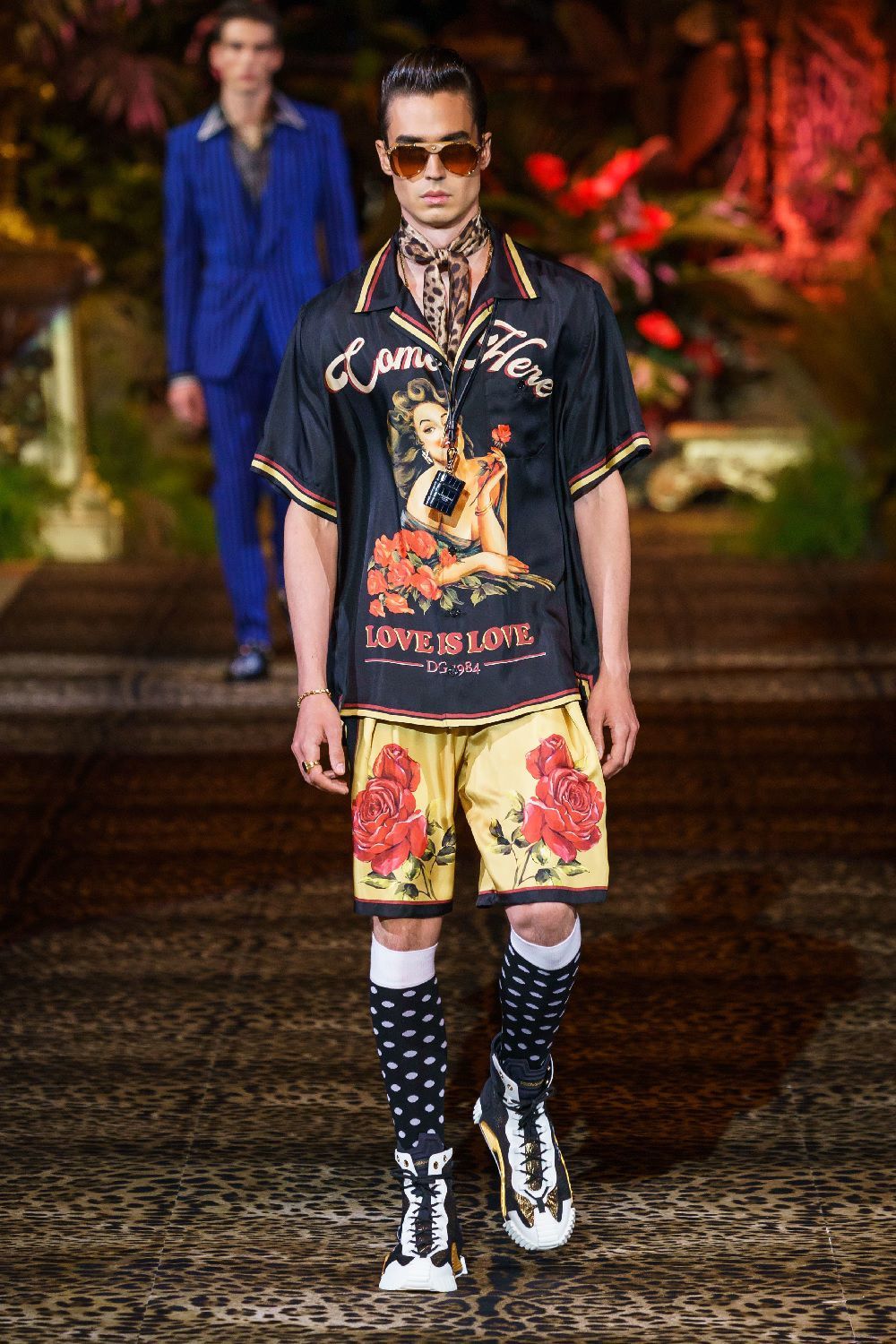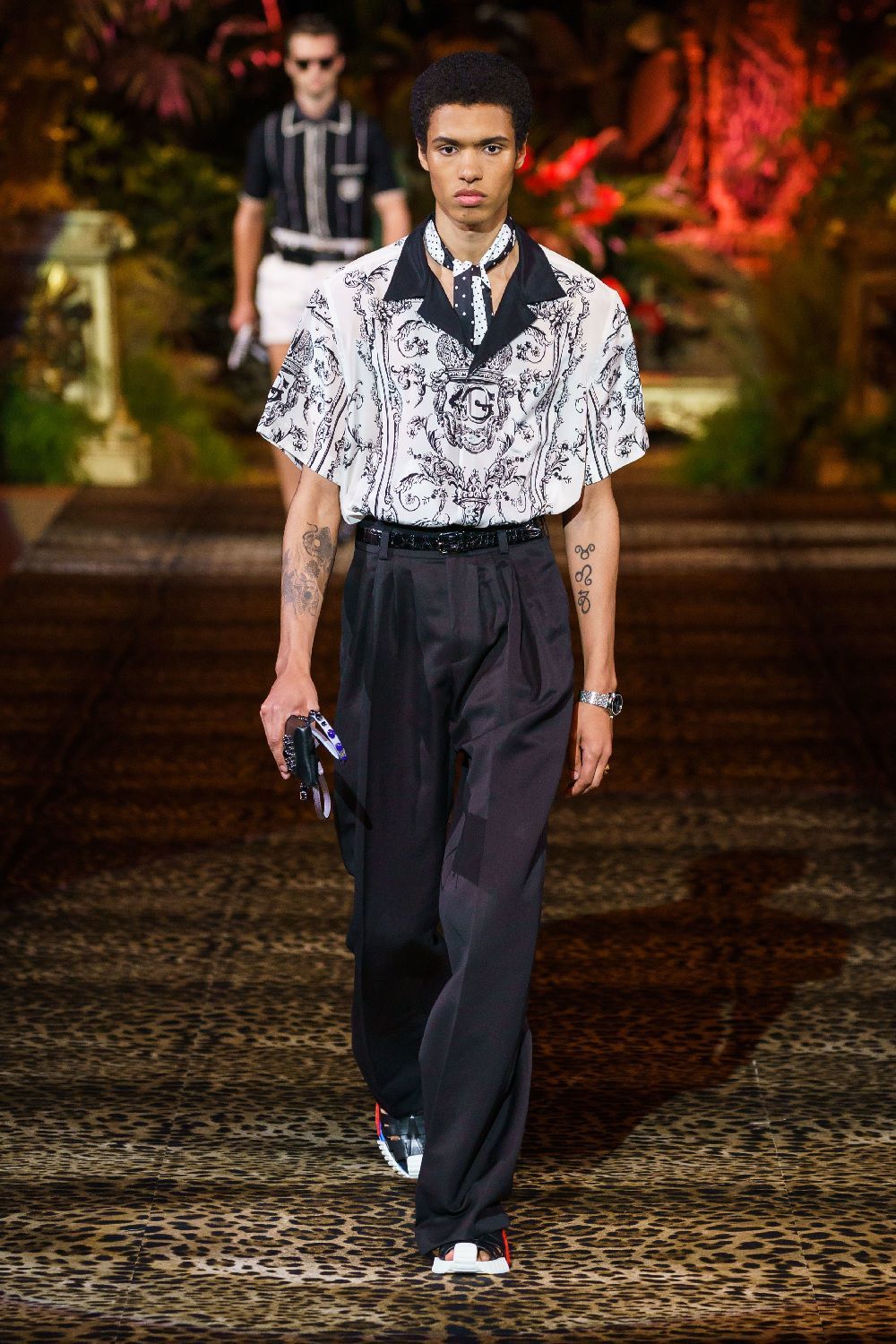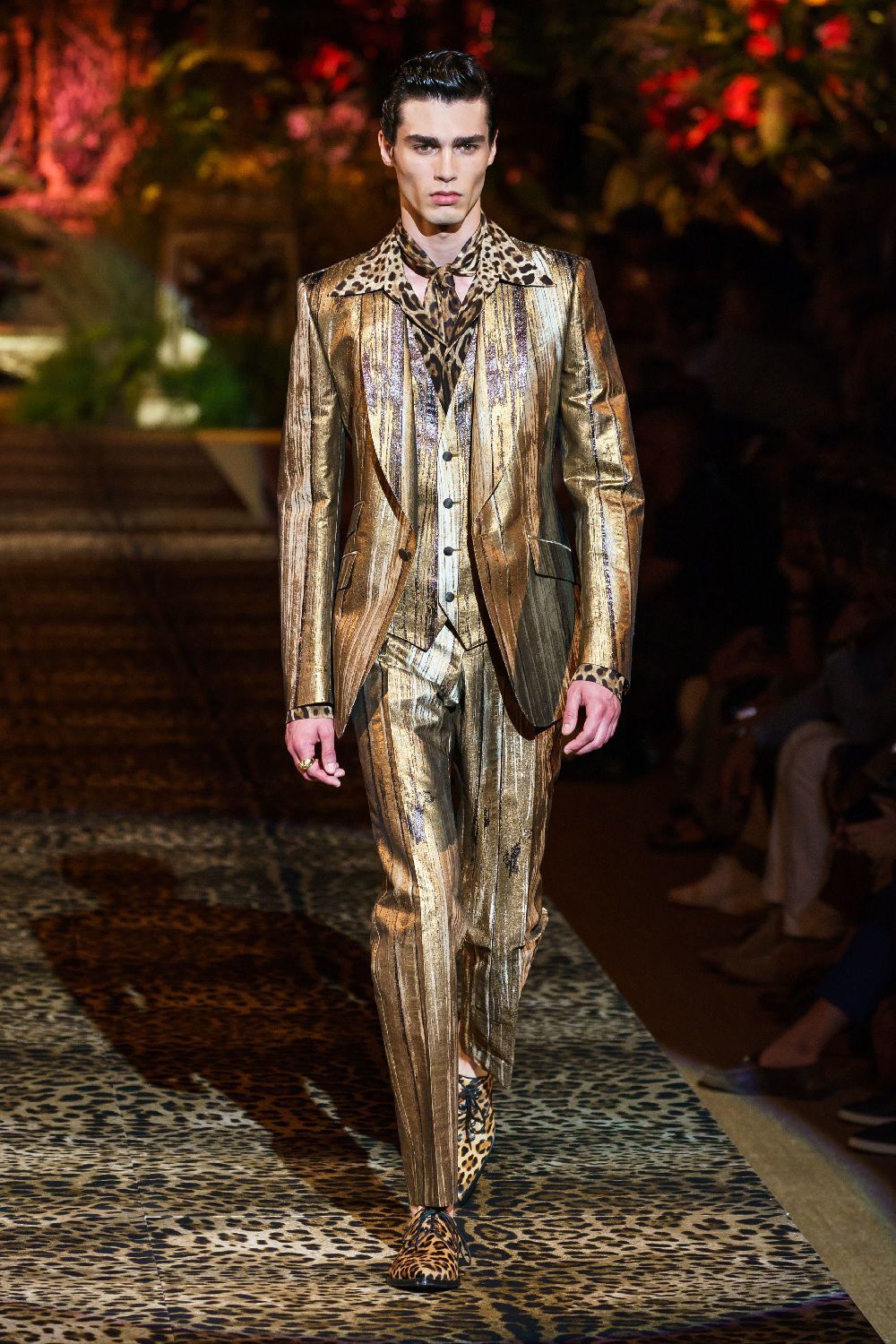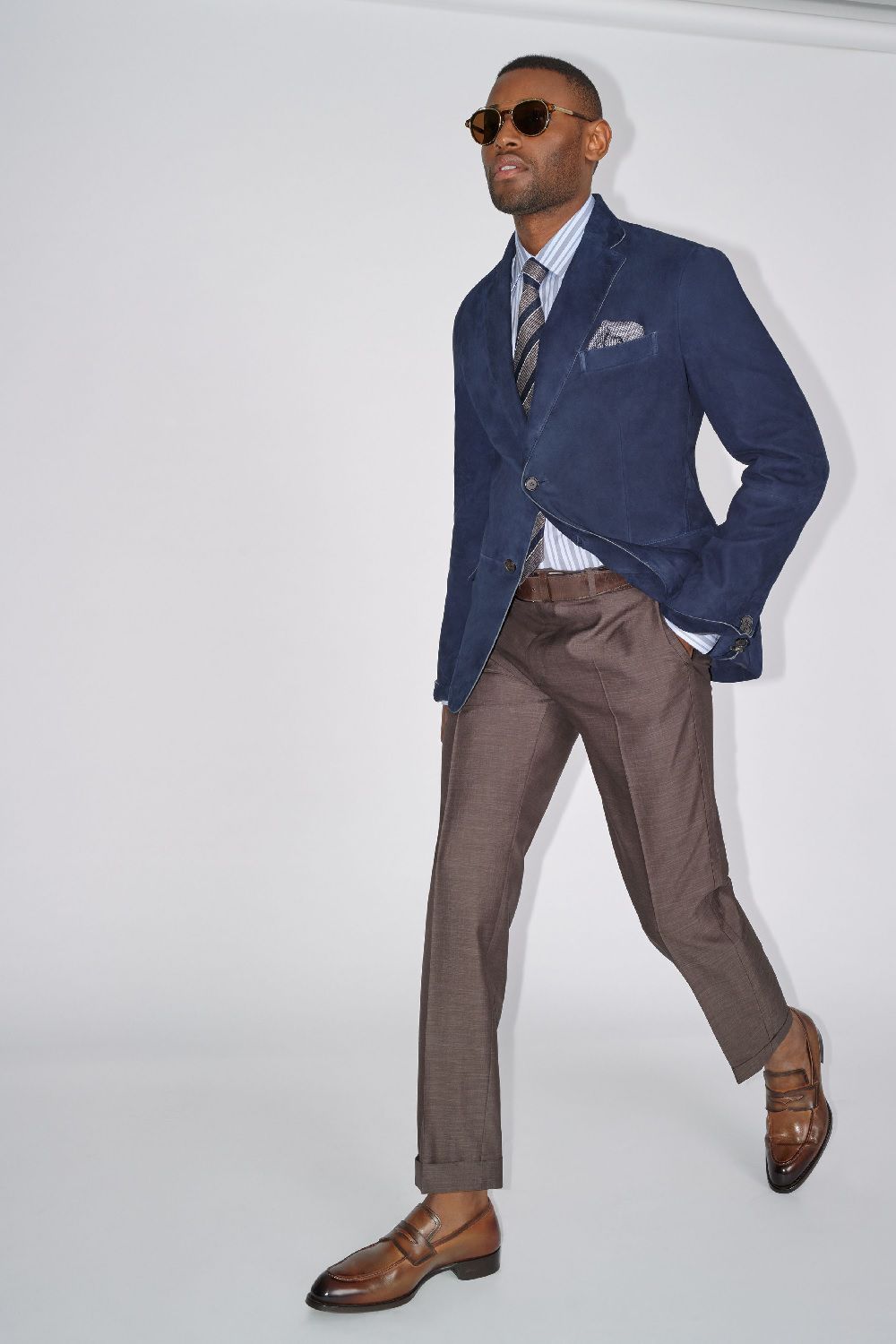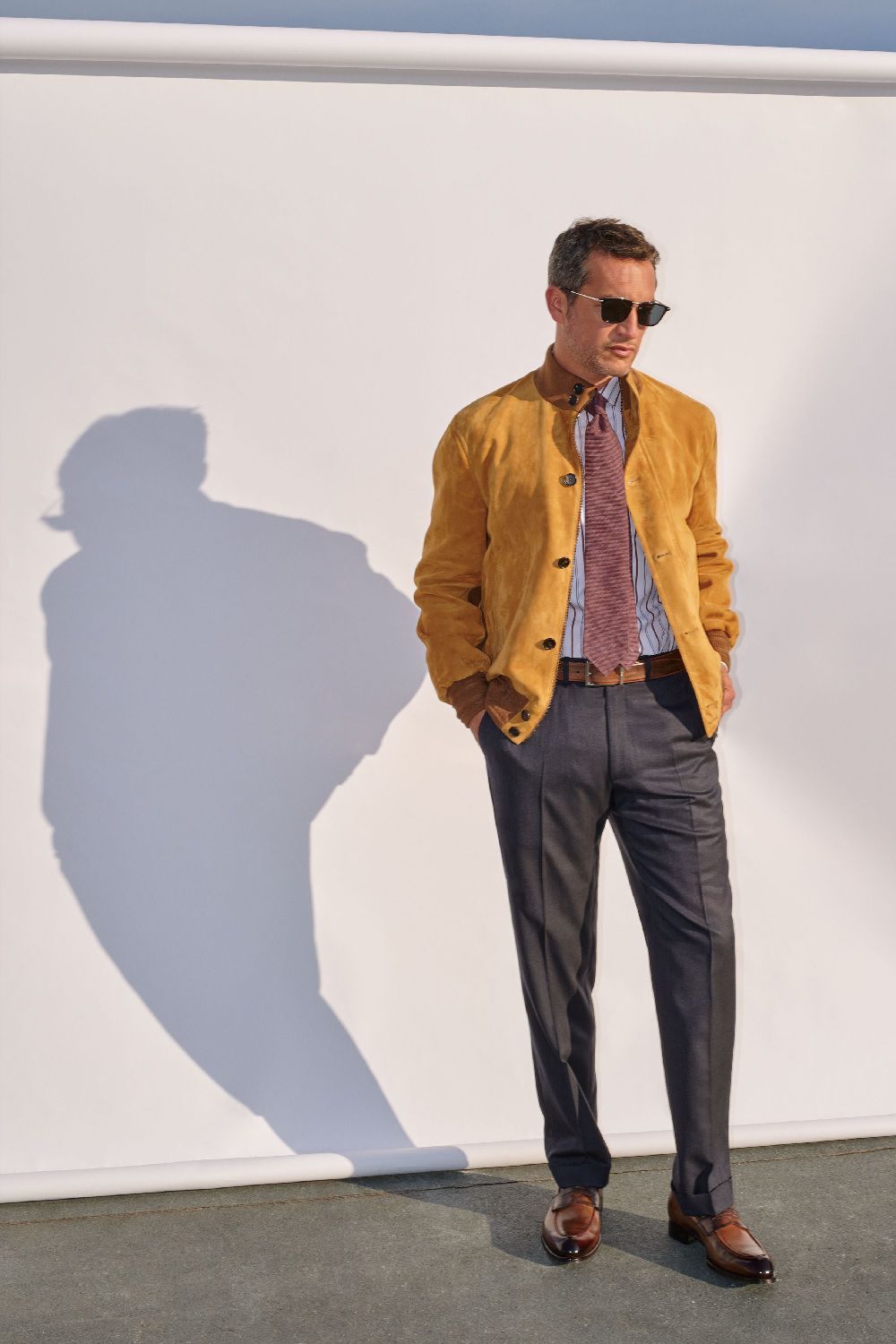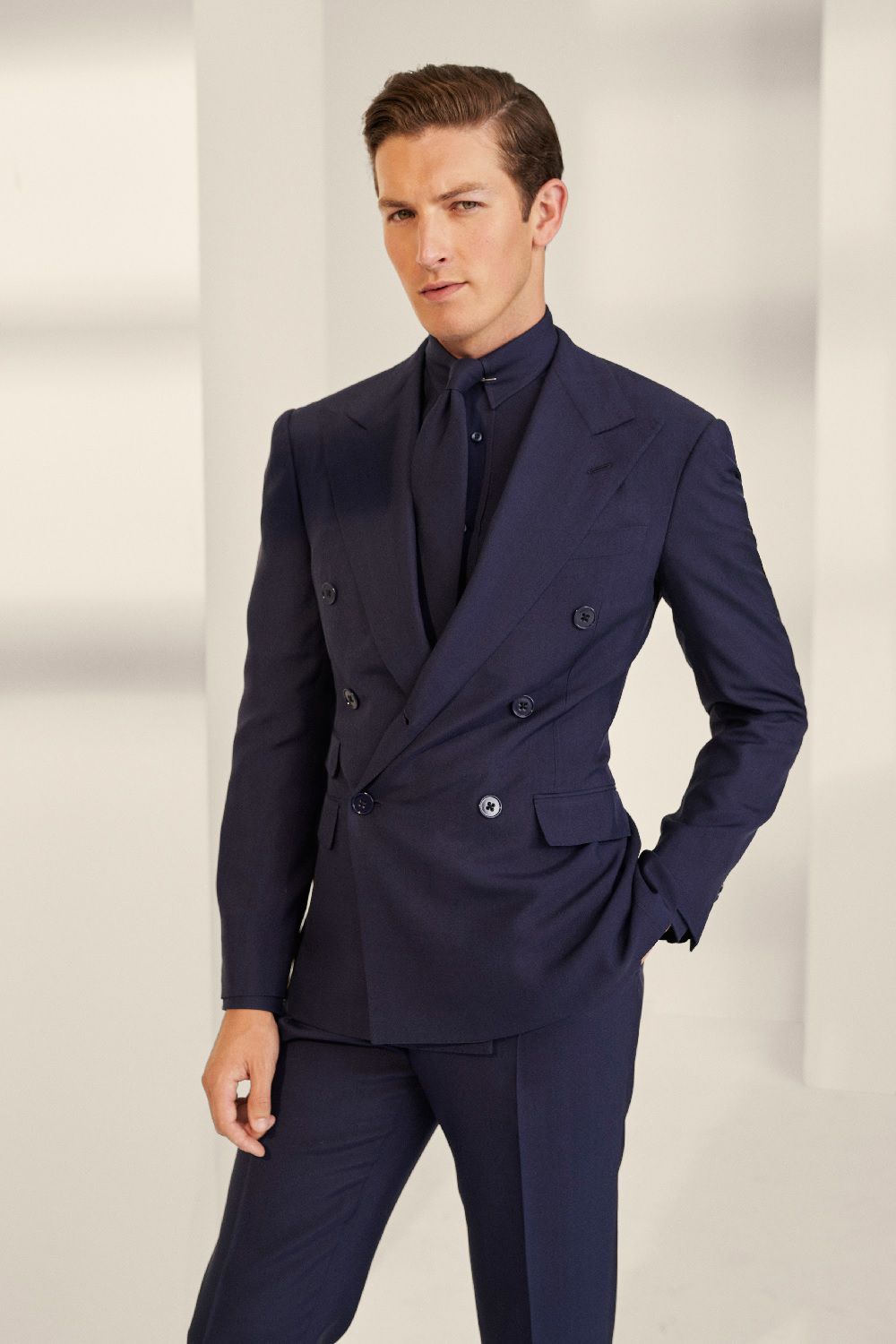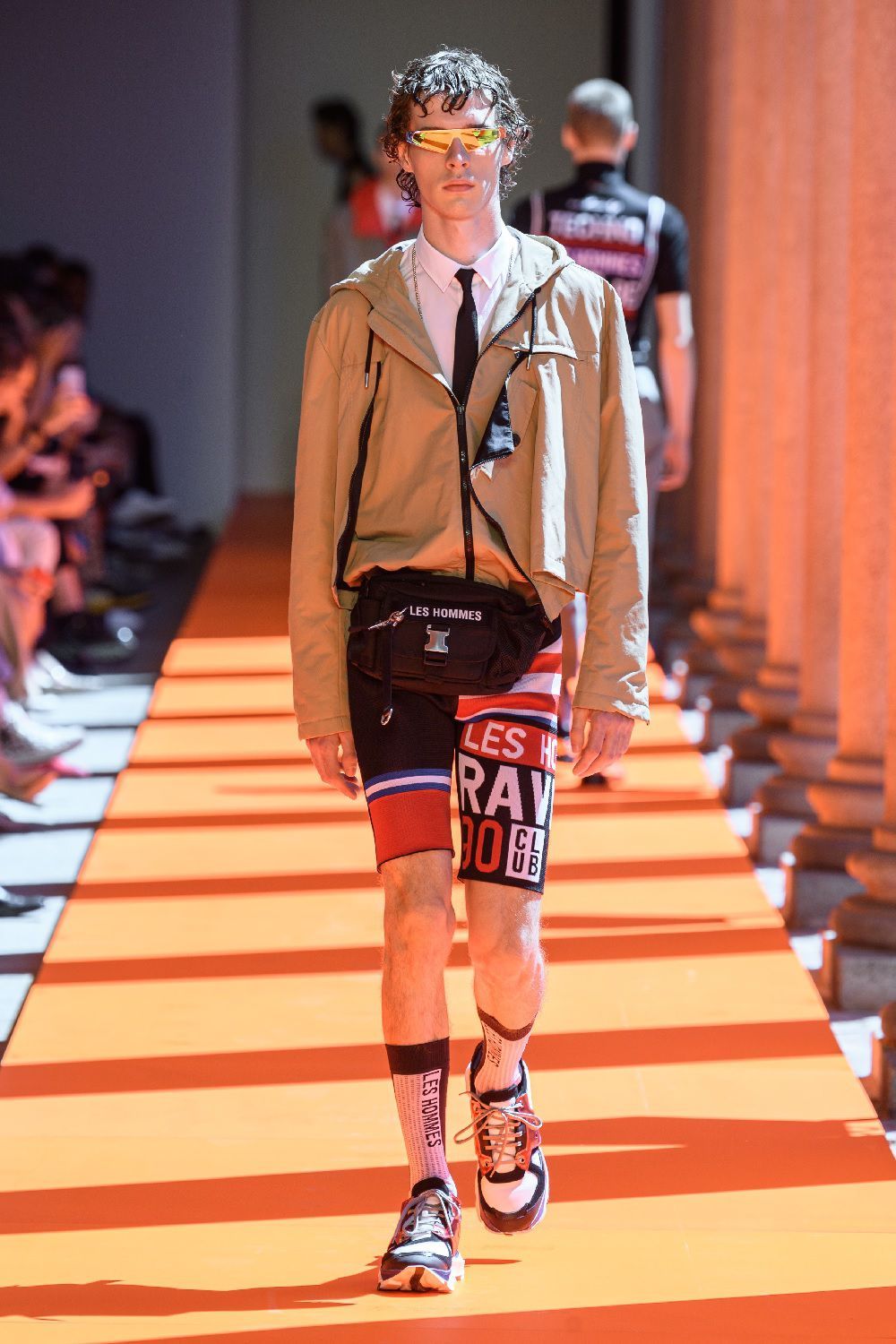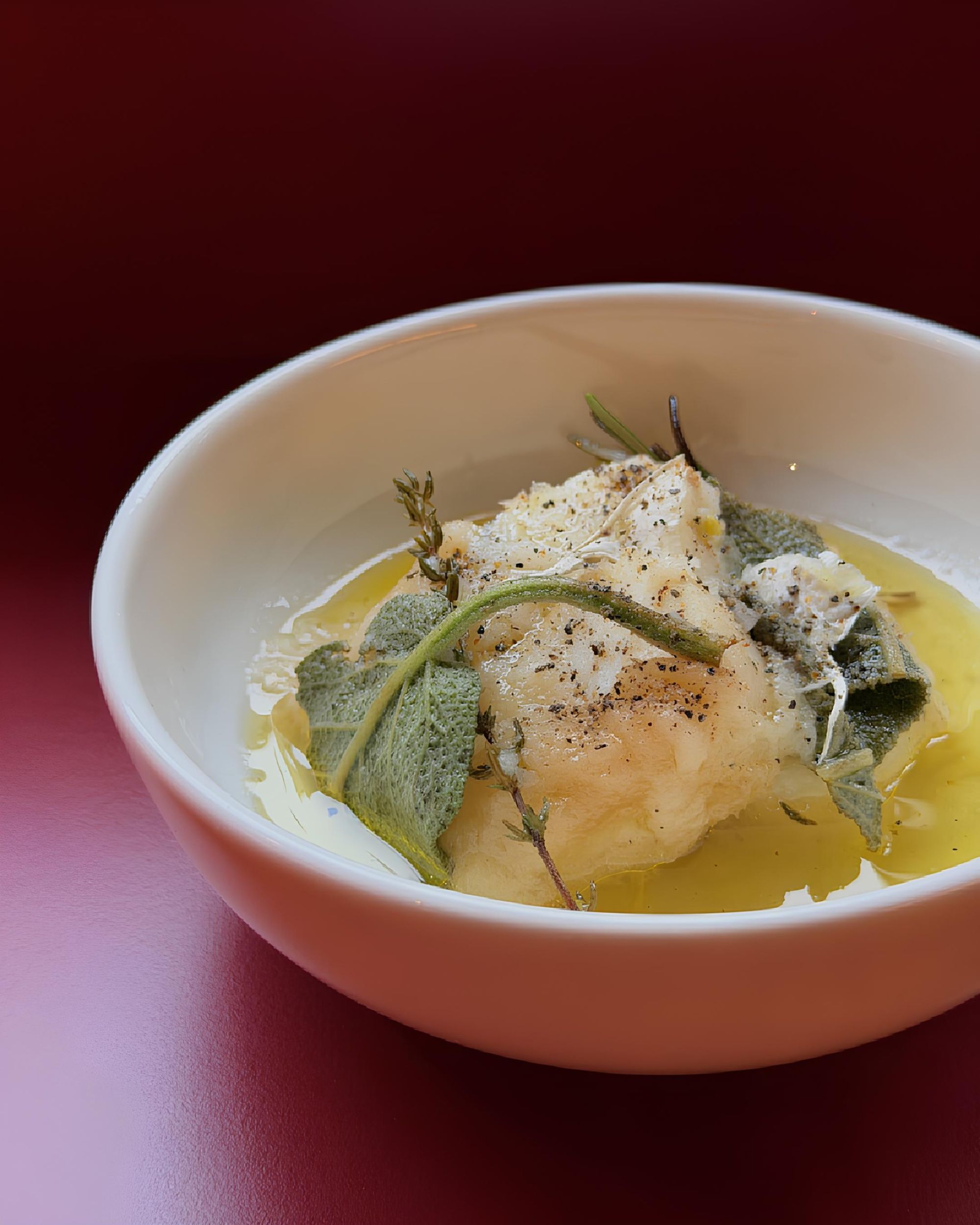
Trend alert: the necktie The most popular accessory of the Milan Men's Fashion Week
There are those who are forced to wear it every day and those who do not even know how to knot it, those who consider it totally unnecessary and those who consider it the most indispensable accessory in the male wardrobe. With whoever you agree with, the truth is that the tie remains an essential item. This is also demonstrated by the latest SS20 collections presented during the Milan Fashion Week dedicated to menswear, where everyone, from Versace to Marni, from Fendi to Ermenegildo Zegna, have chosen to bring it back on the catwalk. The reason? According to fashion experts, it survives because it is the only formal accessory for men that expresses personality and mood. One-colour, polka dot, striped, slim, wide, long, short, it doesn't matter. It represents that touch of color, that distinctive motif, that affirmation of individuality that a man can make even in a world governed by formal suits and uniforms.
The origins of this strip of fabric skilfully knotted around the neck have their roots far back in history. Initially, the tie was a sort of scarf, which the Roman legionnaires wore around their necks to protect their breathing from the dust raised by the avant-garde, but just look at the tomb of the first Chinese emperor, Shih Huang Ti, and his terracotta army dating back to 221 BC to discover the first known tie. The item disappeared for a long time and reappeared in 1600 during the Thirty Years War (1618-1648), at the neck of the Croatian mercenaries serving France. The slight difference between the pronunciation of the French word for "Croats", "Croates", and its Slavic counterpart, "Hrvati", gave rise to the term "Cravate", or "Tie". It immediately became fashionable, so much so that Louis XIV wore the oldest version, the lace one, since he was a child. From being an accessory used to protect the throat from the cold, the tie gradually became more and more a habit. Loved in the nineteenth century by poets, artists and dandies such as Beau Brummell, it became glamorous and popular in the early twentieth century thanks to fashion magazines such as Vogue and Art-Goût-Beauté and, in the following decades, changed, adapted to the fashions of the moment while remaining a fundamental part of the male look and, sometimes, even the female one.
It is almost inevitable, therefore, that, as the latest MFW shows, the tie is one of the trends of the next SS20. Deciding how to wear it is a matter of personal taste. You can wear it not knotted, but ultra chic as at Zegna or with a rock twist as at Versace, in a foulard version as at Dolce & Gabbana or slim and alternative as at Les Hommes.










































